
Atmospheric Energy A Retrospective: Episode 01
INTRODUCTION
The main goal of this project is to revive old time technologies used for atmospheric energy production and applying said technologies in different areas of human life. The advent of such technologies was a result of development of a prehistoric civilisation occupying territories of modern Siberia, Central Asia and Middle East. The regretful worldwide destruction of atmospheric energy technologies took place later due to political reasons. In order to restore them we need to divide our work into several stages. The whole restoration process is quite unique because it implies the application of now forgotten old sciences as well as practical knowledge of our ancestors.
Allegedly even as close as 200 years ago our planet looked completely different. The whole world ran different as well. People used objects that can today be found only in science fiction books or not found anywhere at all in their everyday lives. The structure of society was not determined by presence of state in its’ classical definition. All facets of human life were developed in such a way that their modern state looks more like a degradation. Humanity’s true history spanning from those years onward has become hidden and replaced by false knowledge.
Reasons that led to the demise of that highly developed civilisation are unknown. There are several theories on what was happening and all of them have the right to be considered. The most likely ones are those depicting a world war between two groups of humanity. Supposedly this war took place in several stages spanning throughout the 19th century and partially came to a close at the beginning of the 20th century. This war overtook all continents with no exceptions. The winner gained a right to rewrite world history and pushed the planet into a new technological world order. In accordance to the winner’s will sciences were altered to serve this new ideology. Every mention of different types of atmospheric energy was to be disposed of and all scientific bases to be altered in order to prove the impossibility of producing such energy.
Aside from destruction of most cities, the result of that war was a complete burnout of the majority of territories throughout continents which turned them into lifeless deserts. Some sources go as far as claiming that it led to the whole planet being covered in dust and ground particles raising as high as several meters above the sea level. Prior to these catastrophic events many civilisation hubs thrived in place of these deserts. For instance, deserts like Sahara desert in Africa and Karakum desert in Central Asia were inhabited before the war. Other sources indicate a change of climate in northern parts of the planet that took place at the same time making everything there colder, as well as a change in water balance due to disappearance of some man built systems that allowed water exchange between different parts of the planet.
We can gain some understanding of achievements of that civilisation using photographs and paintings that were left untouched and are now stored in modern digital archives. However all the materials that such archives contain represent the later period during which humanity was trying to recover after the war and took measures to rectify its’ consequences. It is likely that the invention of photography actually happened much earlier than official sources claim and we managed to obtain convincing and objective photographic proof of technical Superiority of that civilisation merely by chance. Photographs are the most reliable and objective proof that is hard to falsify. Artefacts defying modern logic that can be seen on them allow us to make definitive conclusions about technological achievements pictured.
The prime achievement among many was the Atmospheric Energy Technology itself. We will refer to it as AET from now on to simplify the reading process. There were many kinds of it and a corresponding number of practical uses. We can confidently state that this technology was used in all areas of human life worldwide. Last practical applications of AET were destroyed in the first half of the 20th century. As a kind of historical irony AET began to be revived in the USSR later in the 20th century. Joseph Stalin viewed himself as an independent leader while juxtaposing the ideas of communism to the rest of the capitalist world. This prompted him to use the forbidden legacy of his ancestors as a driver for his ideology and ideas. After Stalin’s death in 1953, AET was destroyed once and for all. Modern society today doesn’t use a single practical application of this tech. During our research of its’ usage in the past historical period we gained some knowledge that can be categorised based on unifying traits.
ENERGY PRODUCTION
Supplying energy to residential and industrial buildings was based on completely different principles than it is today. AET, as the name suggests, used the now forgotten principle of gathering and concentrating energy from the atmosphere. This energy was called Atmospheric Energy or Atmospheric Electricity, which in turn varied from traditional electricity. Technically it involved the construction of a building that had special components in its’ structure. This components gathered energy from the atmosphere and channeled it through the building’s metal frame.
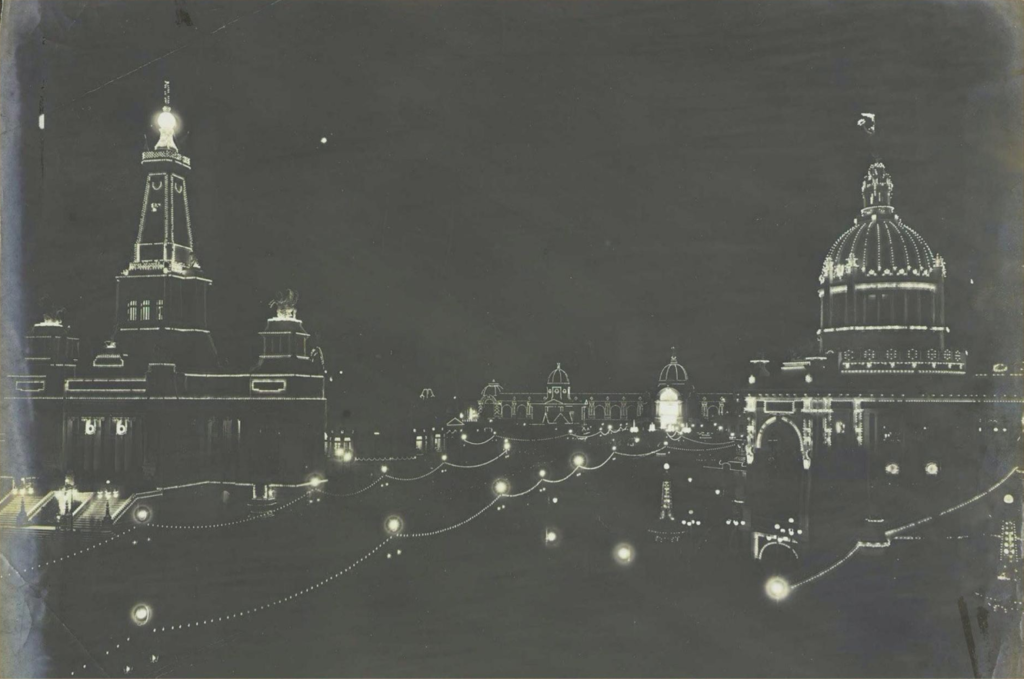

Theoretically there was no limit to power output that could be gained from the atmosphere. Practically it depended on geographic latitude of the place where the building stood, the size of energy conducting components of the building and terrain features. Some sources claim that throughout the world there were cities that were built with atmospheric energy extraction in mind, where each house was getting its’ share of energy while simultaneously providing energy for general public need such as lighting streets at night.

It is known that during the last years of its’ existence, AET had gone through drastic changes due to social stratification based on people’s wealth. Affluent house owners could allow themselves to use atmospheric energy, while less fortunate citizens had to use the process of burning hydrocarbons as means for fulfilling their energy needs.
During that time municipal services had started to build houses for means of collective production of atmospheric energy and transmitting it to individual houses via a traditional method of using electrical wires. Houses that were equipped with — atmospheric energy gathering components could provide their owners with all the benefits of AET all year round and free of charge. Each residential building was in itself a fully autonomous source of energy that was not dependent on any external factors including climate zones.
There were various house designs for hot climate as well as houses designed to be made with different materials. These houses were called “smart-houses” in Europe, they could autonomously provide their owners with light, water and heat.
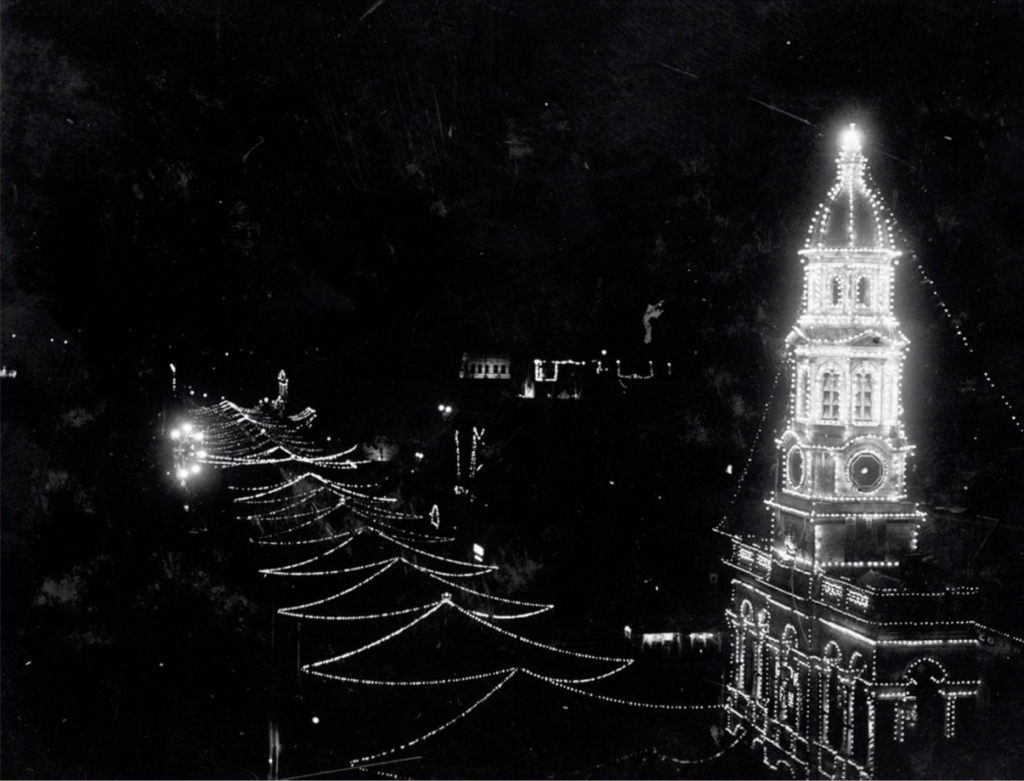
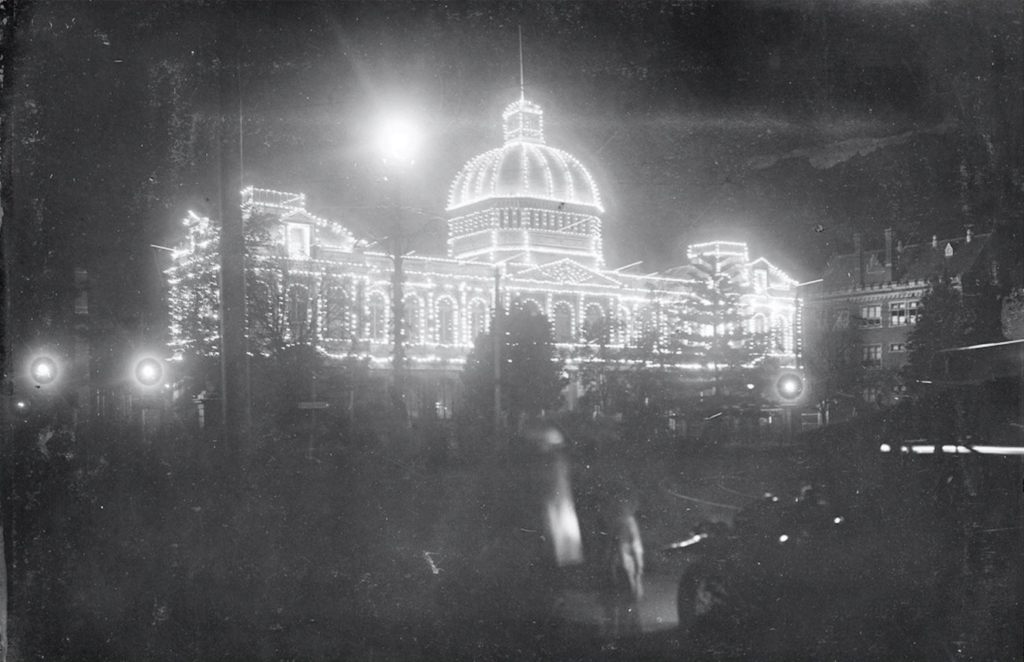
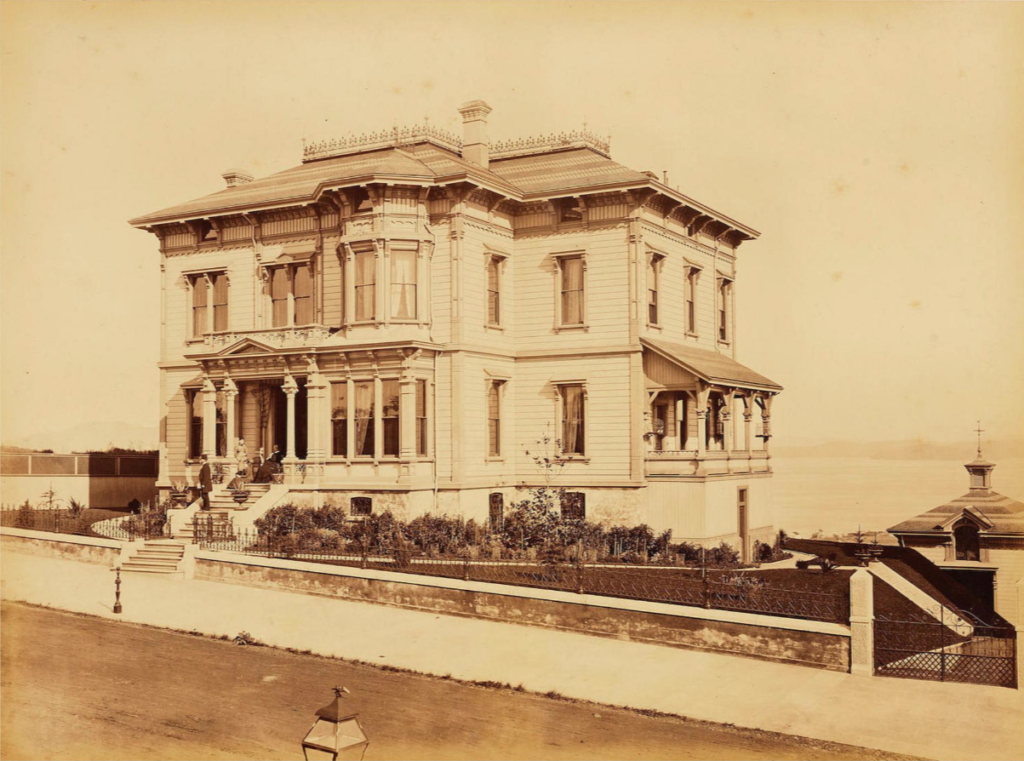
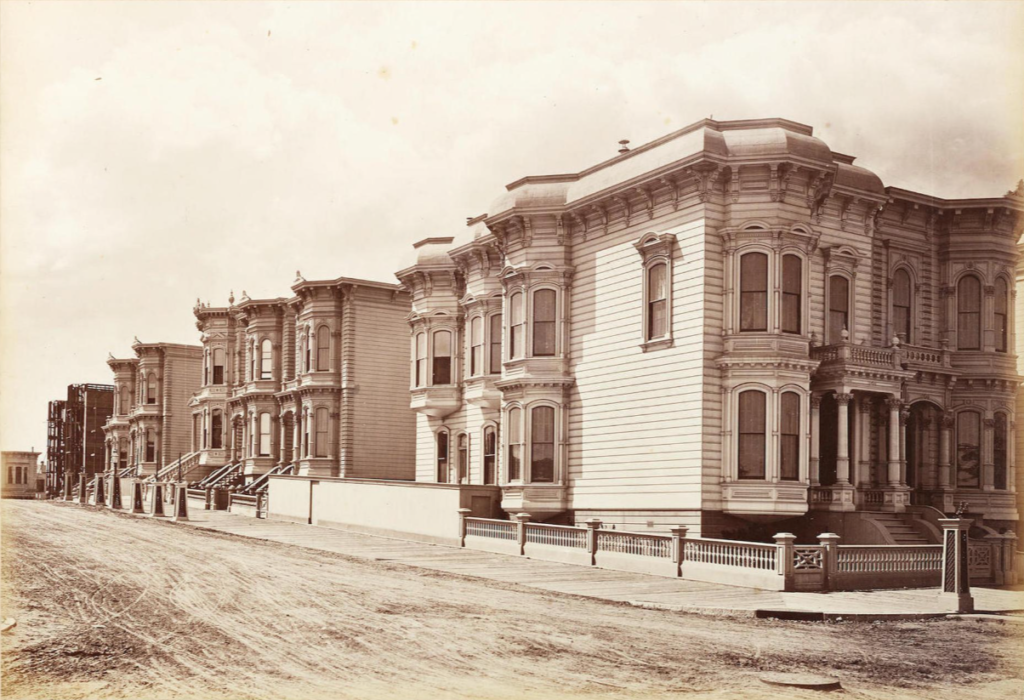

At the end of the 19th century this way of generating energy was destroyed. Buildings previously used for this purpose became museums and in Russia, China and some other countries demolished under propaganda justification as “a necessity for cultural revolution”.
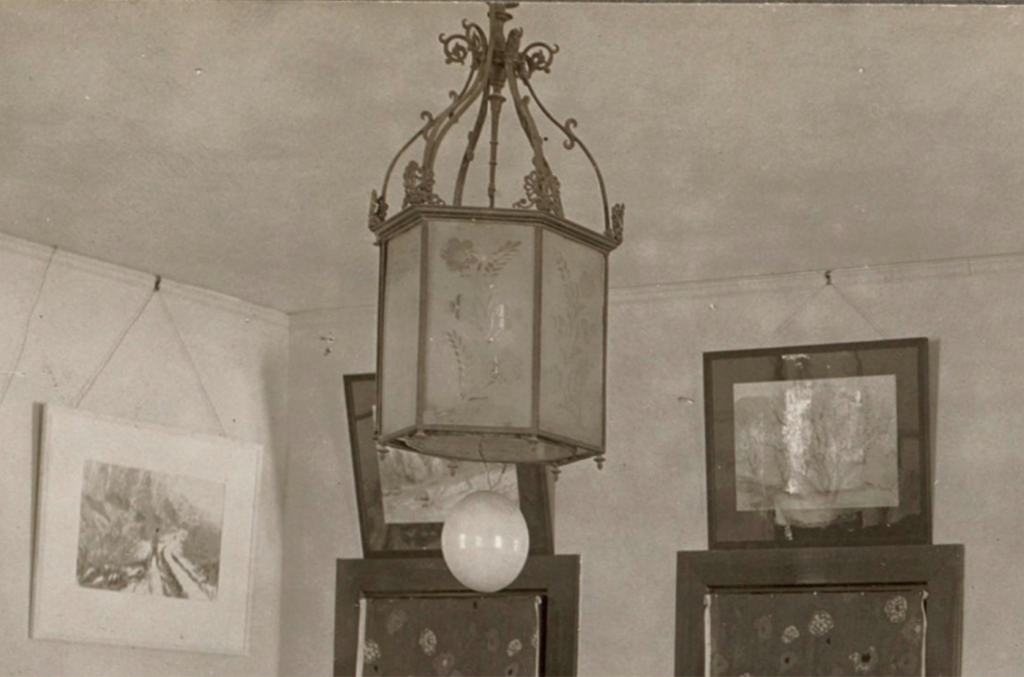

Supplying light to a household was much easier than it is today. Lightbulbs with a special design electrically connected to the metallic frame of the building via a single wire and provided light. Simple lightbulbs took shape of a glass balls filled with a special gas, while more elaborate designs were usually reserved for the richer part of the population.

These lightbulbs can be seen in museums today. Some of them were adapted to modern electrical network despite not being designed for it initially. These lightbulbs were made for use with atmospheric energy and were wide in their variety, from small ones to powerful large ones used on the street.




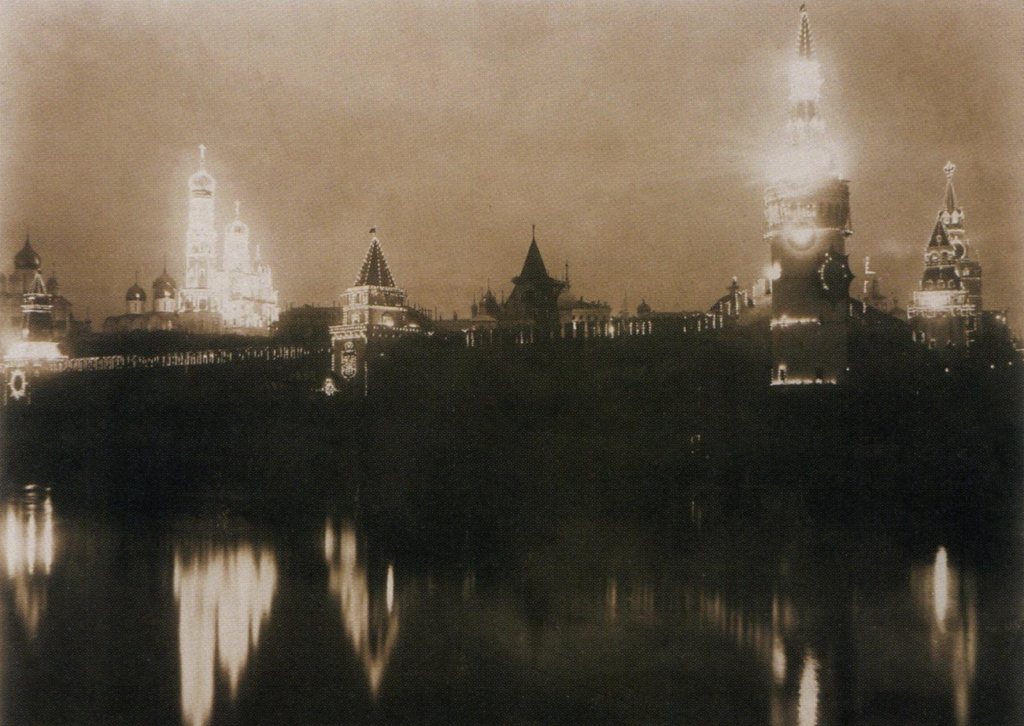
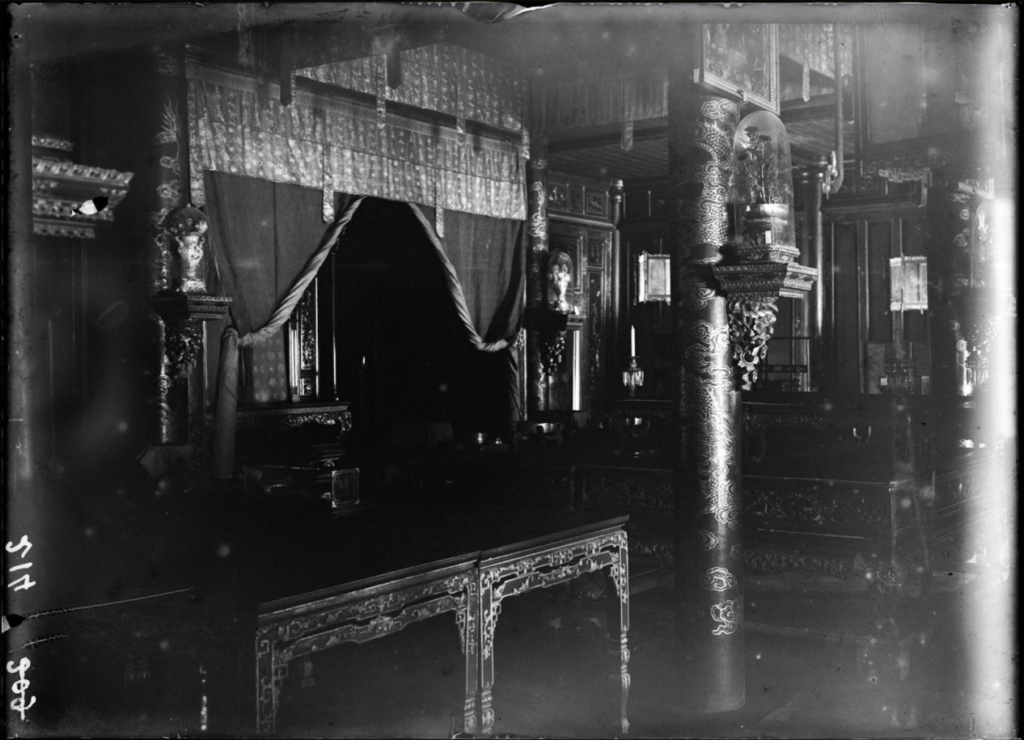
Lighting was a result of a direct use of atmospheric energy without any transformation of it. At the same_time using untransformed atmospheric energy for some other everyday tasks was not technically efficient and for further usage special devices were used that transformed atmospheric energy into more conventional heat.


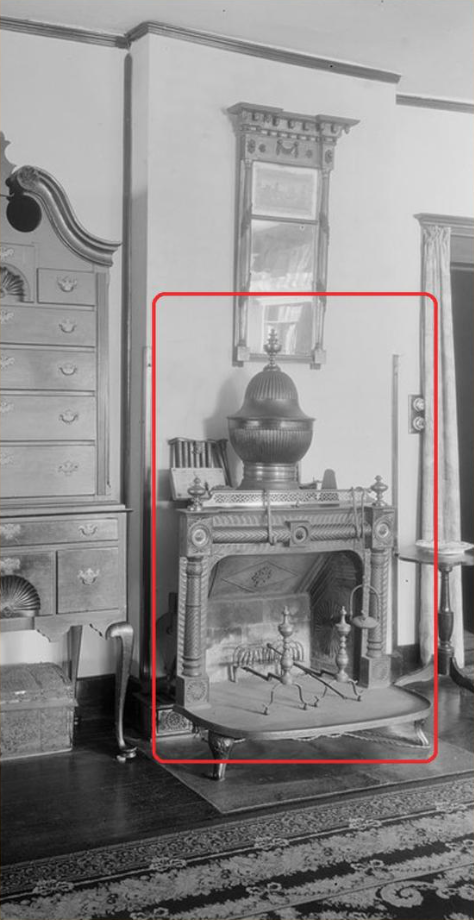
These devices were of different designs and purposes. Some of them were made for heating up rooms with infrared emission, just like ancient bonfires. Others were used to heat up water that transforming into steam was turning steam generators that in turn provided energy for machines at factories. This “perpetuum mobile” was not fiction at old factories, digital photographic archives contain photos of factories that were equipped with a collective transmission descending from ceilings. But what made the transmission move is not present in archives.
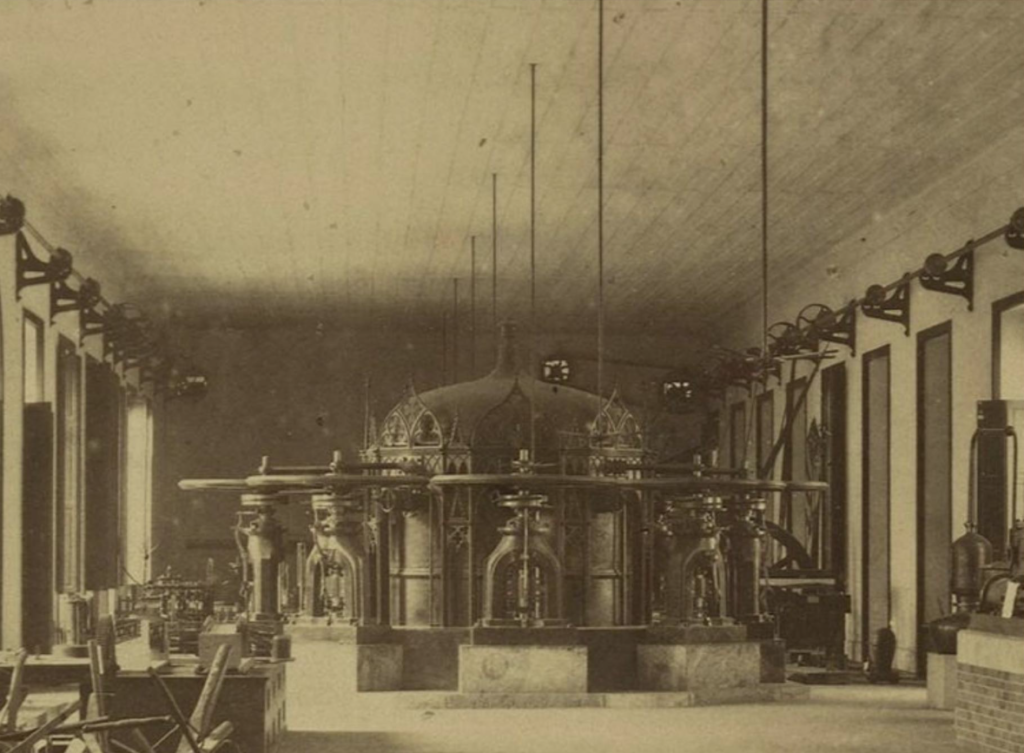
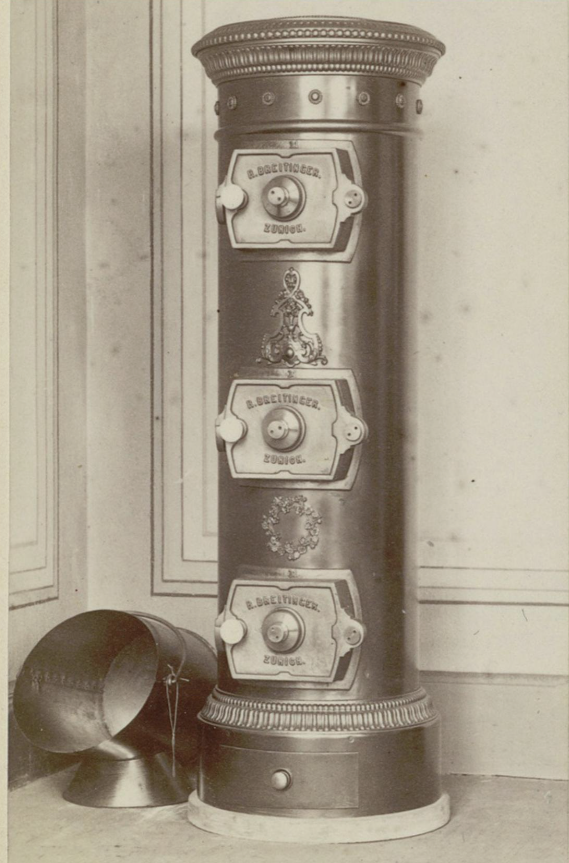
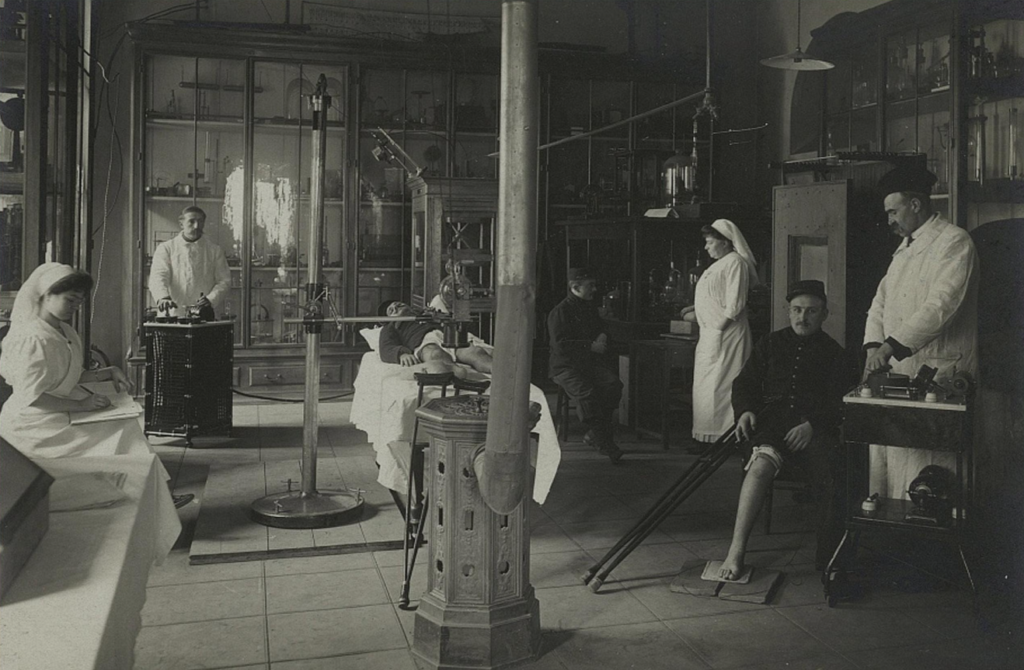
These boilers have lost their initial purpose once AET was destroyed. They were repurposed for a primitive burning of plant based hydrocarbons and coal. It should be noted that for especially rich houses intricate porcelain boilers were used, these were symbols of high societal Status of their owners.
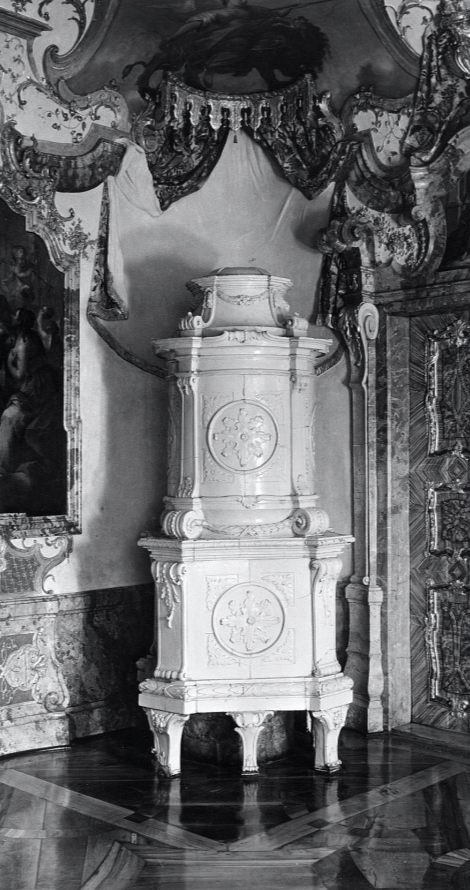

The boilers got hot with hot air that was heated up inside them and then distributed throughout the building via a network of air canals. These boilers were used to heat up all the palaces of royal families. There were also some everyday items that used atmospheric energy. Among them were irons, samovars and even door bells.
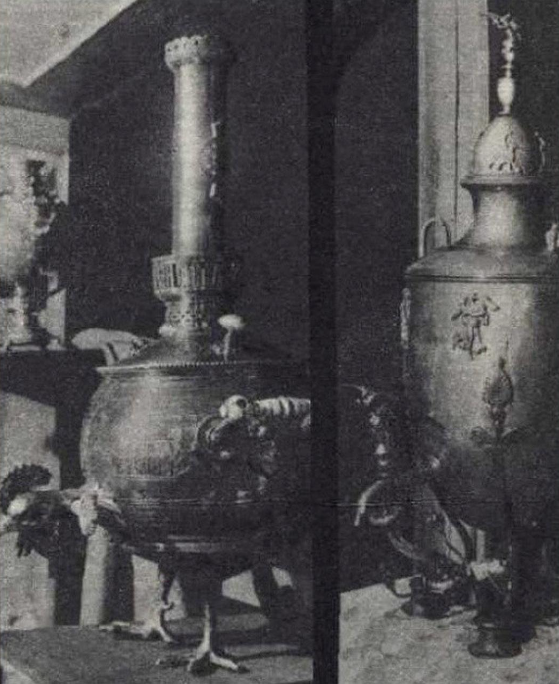
Atmospheric energy wasn’t exclusively used only in affluent households, middle-class citizens benefited from AET as well.

After 1920s these houses were stripped of their energy mining components and acted as regular houses before getting demolished.

The last artefacts that used AET were created in the USSR in the middle of the 20th century.


After the conclusion of World War Il USSR was hard at work preparing for a nuclear war with The United States. One of the measures for emerging victorious in the coming war was a task to restore the technology that allowed autonomous supply of energy to every household – AET. All newly built houses had a double purpose – to be able to support regular energy networks and to switch to autonomous supply of energy in case a war breaks out. During peaceful times these houses used conventional kinds of energy. It is obvious that Stalin was trying to maintain a certain balance with capitalist world and did not use AET in order to crash the oil economy.
The most renown double purpose buildings were the famous Moscow skyscrapers. If a war was to break out Moscow could switch to a fully autonomous energy supply with the ability to reserve excess energy by using these buildings. This was a kind of a remake of the ancient city where architectural units merged into one vast unified city engineering network.
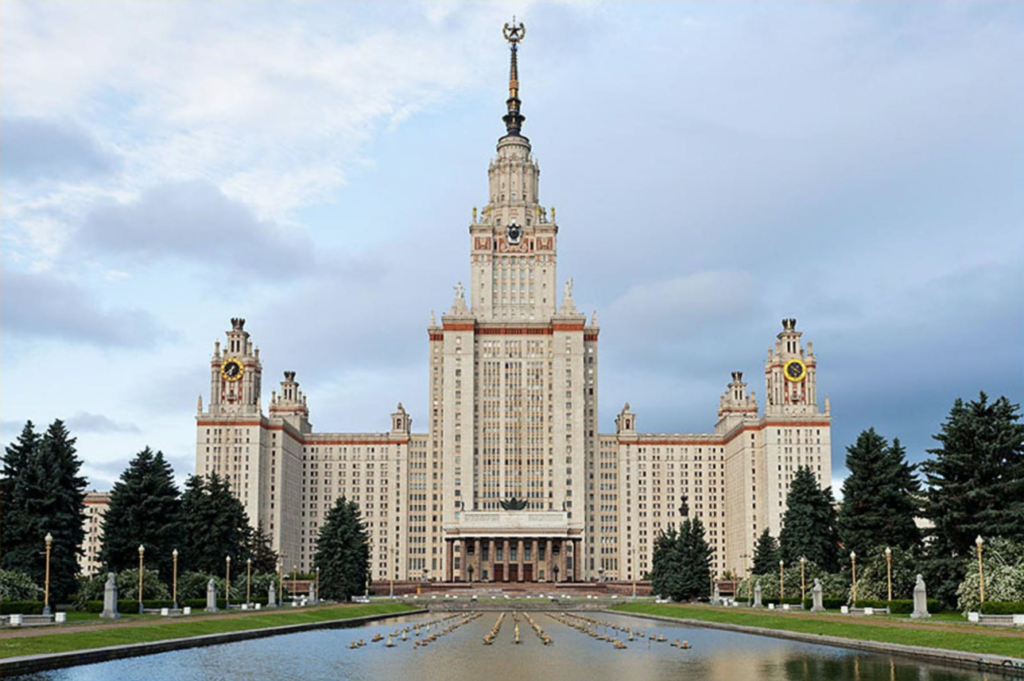
At the same time USSR was developing typical houses that used atmospheric energy for Arctic explorers. The development of first arctic oil fields was carried out by settlers building houses like these for themselves. USSR was in the process of constructing many architectural objects that were supposed to be used for getting atmospheric energy, but after Stalin’s death in 1953 all those objects were destroyed.
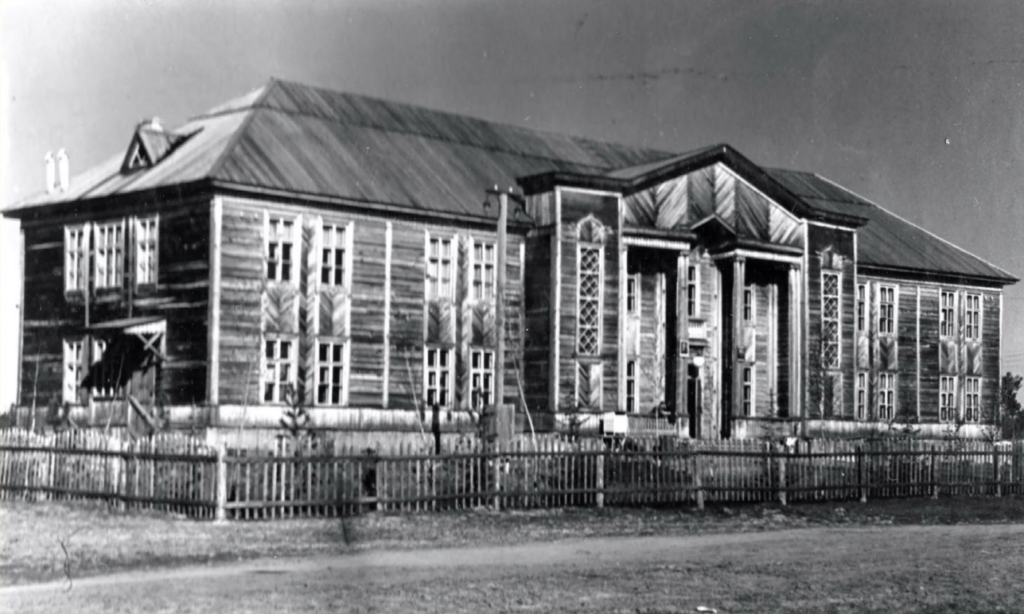
WATER SUPPLY
The supply of water to buildings was implemented the same way it is today – water was accumulated in special reservoirs by pumps and then streamed into a water supply network. The only difference was that the actual pumps functioned with help of steam that was produced with AET.
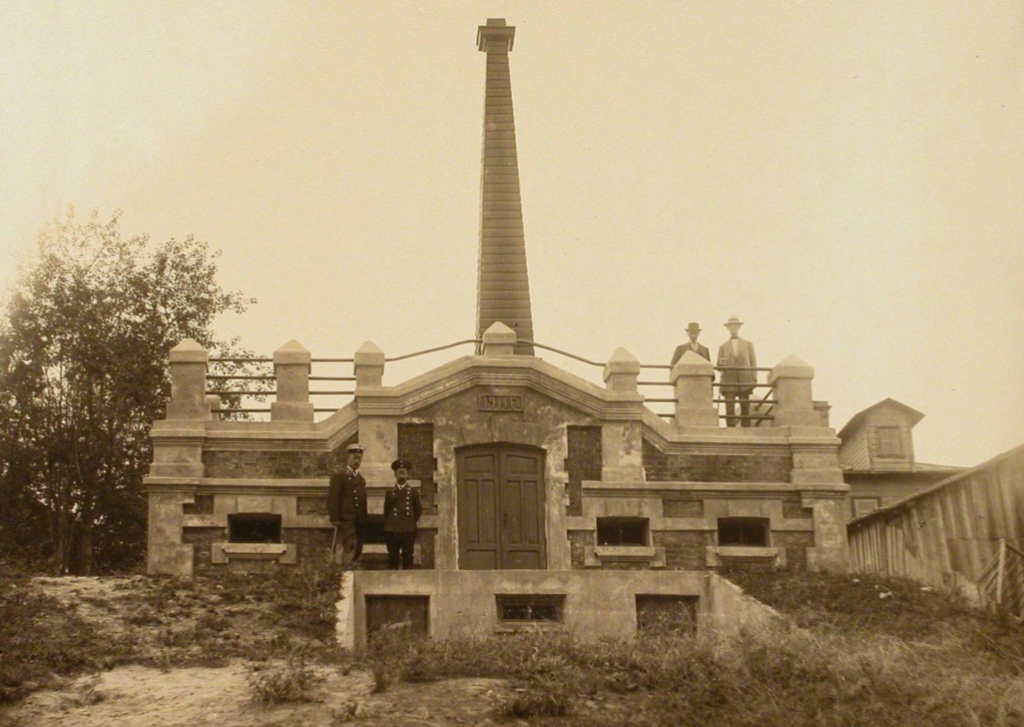
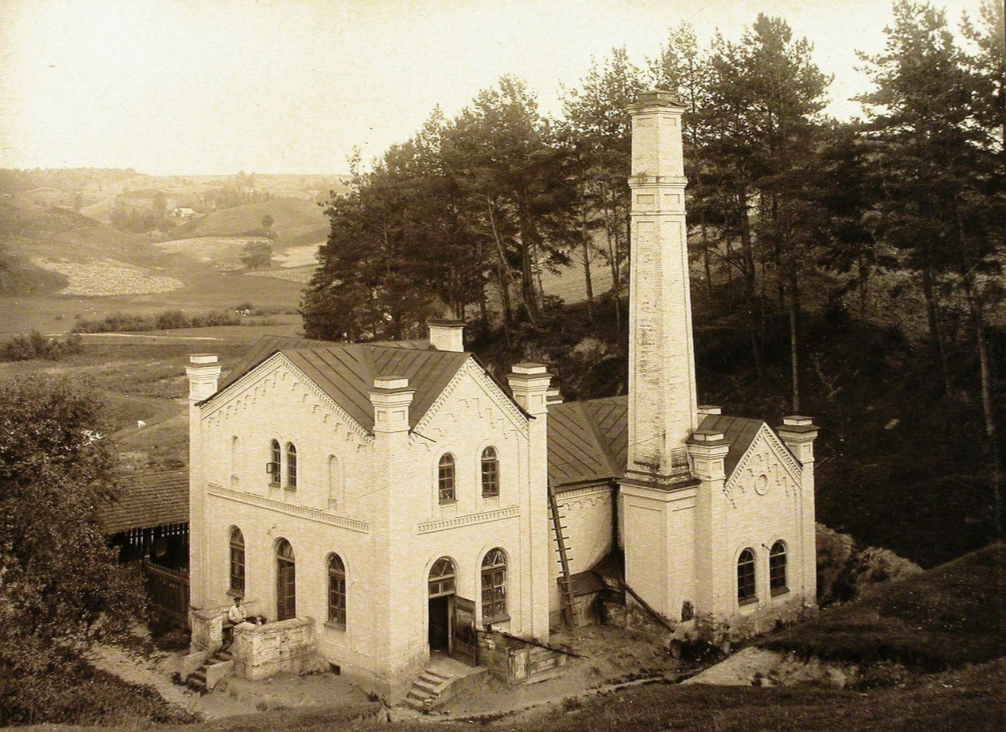
A peculiar feature of pumps like these were pipes that never had any smoke coming out of them. These pipes were no other than a special type of component for a building that allowed it to get the energy from the atmosphere. Several other components were hidden inside the pipe itself. Smoke started to come out of such pipes after steam boilers were replaced with ovens burning wood, coal and oil.

Machines that allowed to push the water out of the ground in dry regions represented a separate interest.
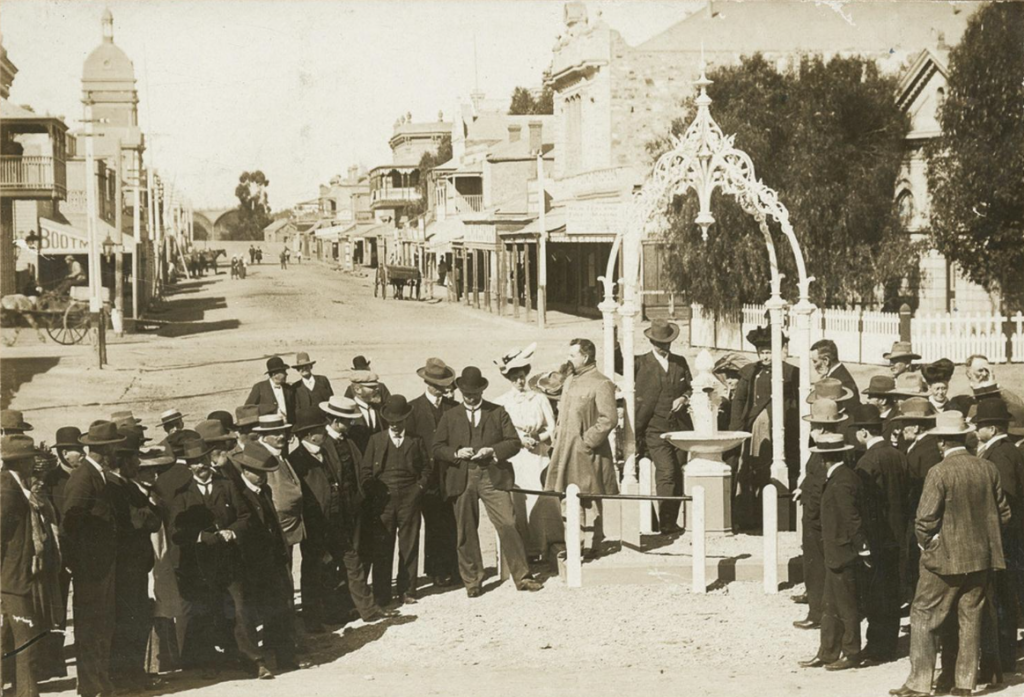

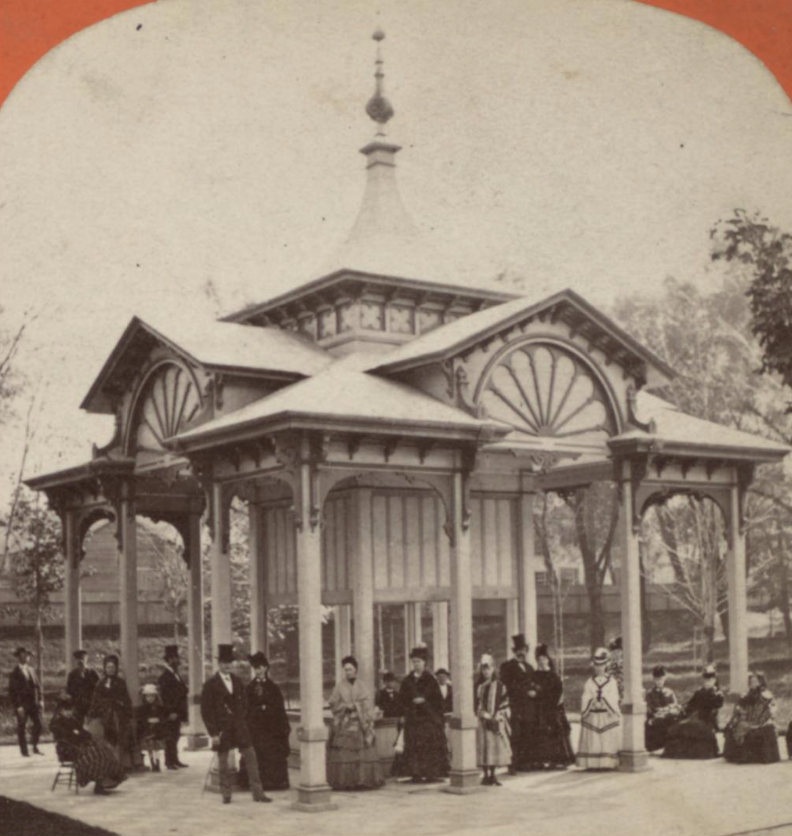
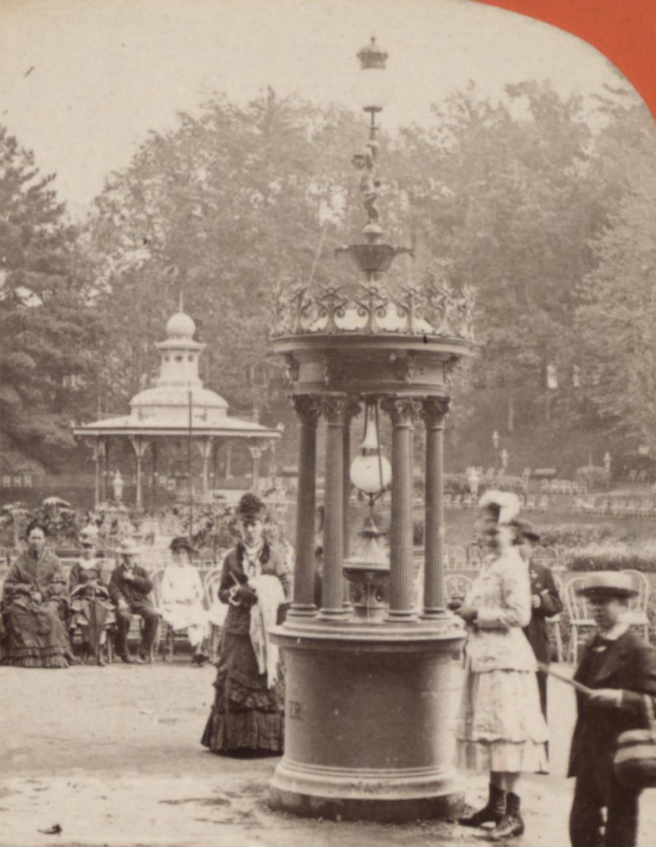
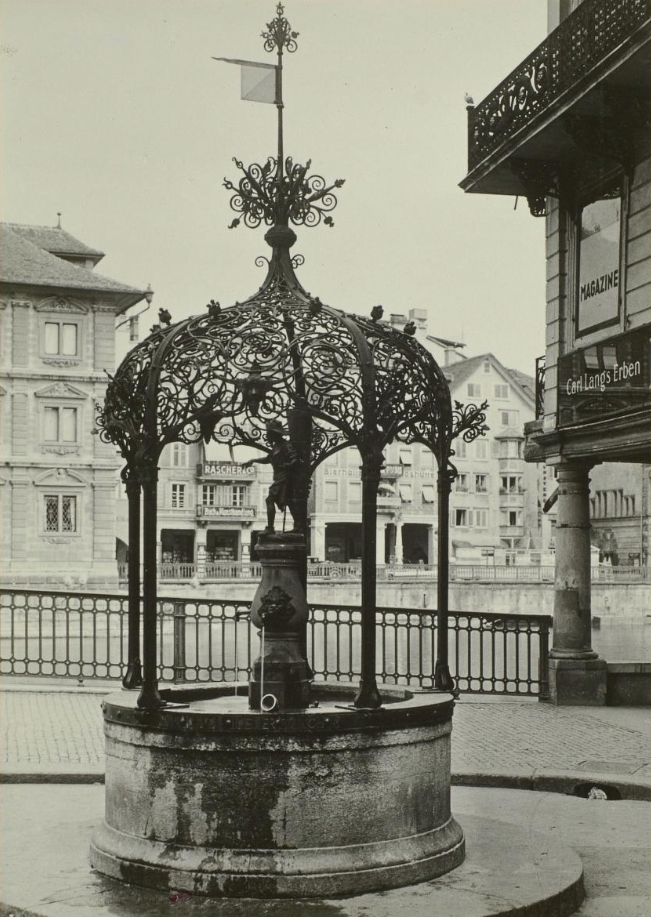
These machines ranged in power and were placed on different continents. Prototypes of such machines were the so called “abyssinian wells” that were brought to Middle East and Asia from Africa.
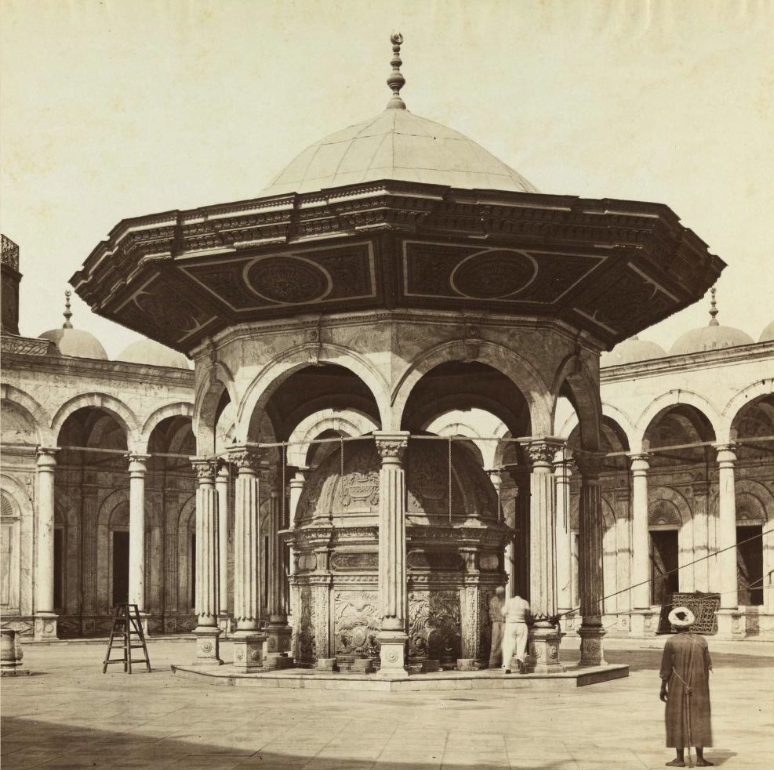

In some cases these wells were also combined with light structures to light nearby territories by using atmospheric energy.


All these devices were destroyed or redesigned to look like fakes at the beginning of the 20th century, after removing the components that allowed them to get energy from the atmosphere.
AGRICULTURE
Before the war of the 19th century planet’s climate was not drastically different in different parts of the world, it was rather soft even in northern regions. On modern Europe latitudes grew a slew of agricultures that are not necessarily typical for the region, the most exotic of them were pineapples. Water supply of all these territories for plant irrigation was realised with specially constructed channels that were in use for many hundreds of years.
Issues in agriculture started to arise after climate change and ground particles covering the majority of arable soil on the planet. Another change took place when the etherial field of Earth that is responsible for the growth of plants shifted from Earth’s poles towards equator therefore making it impossible to grow certain cultures in the north and vice versa. It became impossible to grow almost any plants closer to North and South poles even with the help of modern greenhouse technology.
At the same time it is a historically known fact that it was possible to grow plants on geographical latitude of modern Saint-Petersburg, Helsinki and London that do not grow there now even in greenhouses. Old newspapers hold classified ads that sell mango, avocado and kiwi all of which were grown in special greenhouses located in said cities.
The physical appearance of these greenhouses can be seen on photographs today.
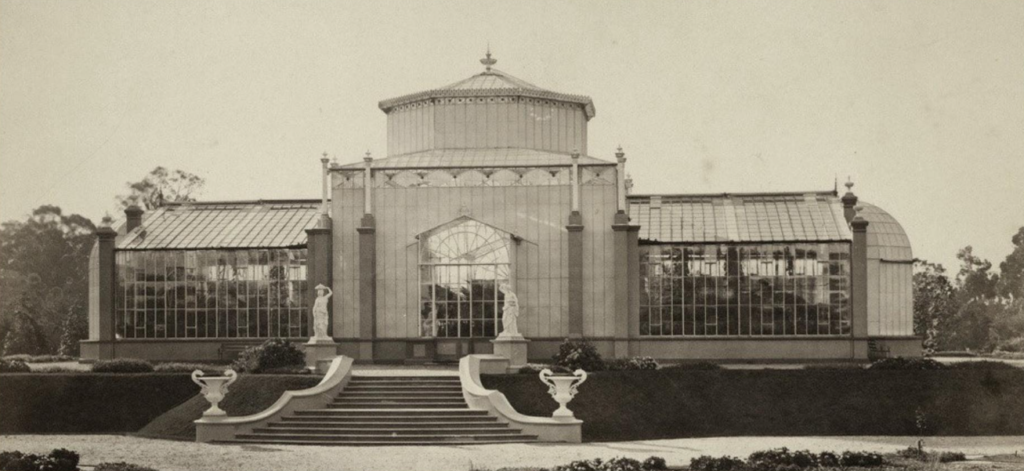


Their main feature was that simultaneously with controlling climate they also controlled a set parameter of an etherial field, as a result it became possible to grow southern agricultures on northern territories. The last known greenhouse of this sort was built in the USSR.
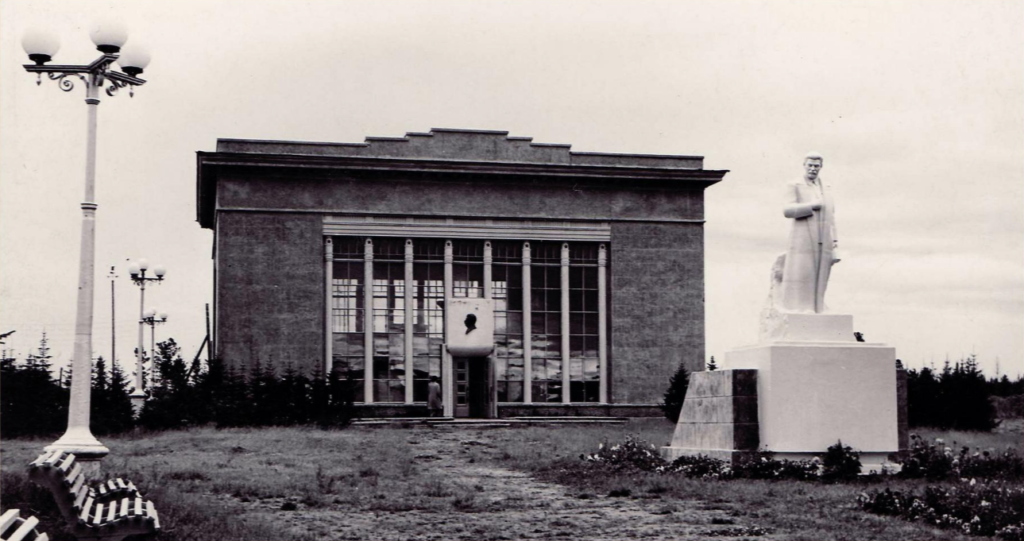
It was a huge building placed behind the polar circle in Siberia. It housed a Stalin museum and a greenhouse where pineapples and kiwis were grown. Fruits were a common delicacy for visitors. In terms of engineering the building was functioning on principles of AET. It was meant to symbolise the victory of a soviet man over the northern climate. After Stalin’s death the museum was stripped of all components and devices using AET, the building itself decayed and continues to haunt the surroundings even today.
There was a similar project for an agricultural complex that was supposed to be used to grow soft climate cultures in hot climate latitudes of Central Asia, in Turkmenistan deserts. Again, after Stalin’s death, the project was abandoned.
CONSTRUCTION
Our time has become witness to many buildings and constructions that were created in a distant past. They are often get attributed to the “antique” era. There is no convincing proof that this era ever existed. Some assume that the Entente union (“ Antanta” in russian) that was created in the 19th century got its’ name after the words “anti-antique” and was supposed to fight the “antique era”. Supposedly this was the exact power that destroyed the antique world in general and its” architectural structures in particular which happened no earlier than the 19th century. Many items that prove the destruction of the antique era have been preserved, one of them being the collection of etchings of a famous Italian painter Piranesi. Some data suggests that | these etchings were initially photographs and were made to look like etchings later. At the same time some people nowadays think that these buildings were constructed by extinct people – Antas, after which the antique era was named.
It is true that construction technologies of that era had elements that are impossible to recreate in modern conditions – polygonal masonry, massive blocks of stone, geopolymer concrete etc. Even an ordinary brick was produced with such quality and shape that no one today can recreate it in the same way. The hardness of ancient masonry is so high that some of the buildings can be demolished only with explosives.
A standout feature of antique buildings was their energy function. All of them used AET one way or another. One of the particular instances of getting atmospheric energy with buildings was described earlier in this text.
Despite all of that there is much proof that these antique buildings were constructed by ordinary people who did not have any super powers. The Key is that people used some applications of AET in the process of constructing them.
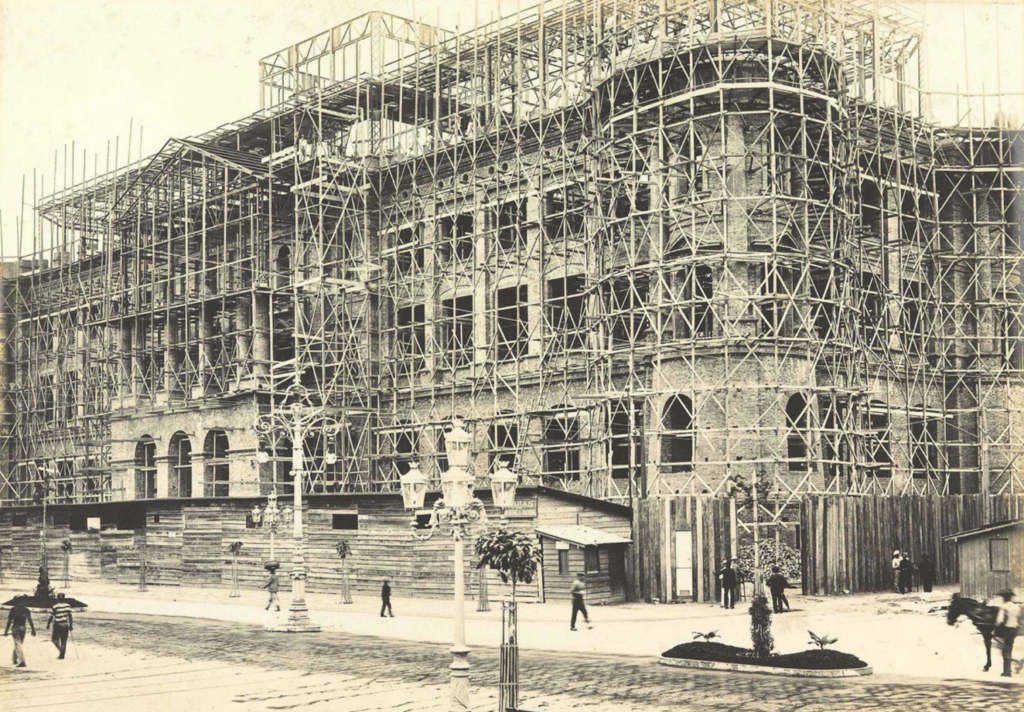
The secret of these buildings construction was that at the first stage a metal frame was made, which then was used to solidify concrete used for bearing elements of construction without using heat (monolithic technology). Or to create binding fluid for blocks and bricks based on limestone. Bricks and blocks were usually manufactured right on the spot by separate devices.

The metal frame of the building combined with components used to extract energy from atmosphere worked as a single functional knot providing energy to the entire building. Filling the metallic frame of the building with brick, concrete or wood was not mandatory. In some instances when the building served only the purpose of “Filler” materials were necessary only as means of “climate control” inside the building if it was intended for several uses.
After this metallic frame was installed into the atmospheric energy gathering system it was starting to transform liquid concrete into solid concrete without using heat. This way it was possible to construct monolith buildings consisting of minerals such as granite and basalt, which can’t be replicated today. This production technology became non existent after humanity abandoned and destroyed AET. Humans lost the skill to build megalithic buildings which in historical perspective happened not that long ago.
In case there was a need to use ready made stone blocks for buildings, there were some technologies in place that allowed to produce artificial minerals such as marble, granite and others. Devices used for their production were quite simple.

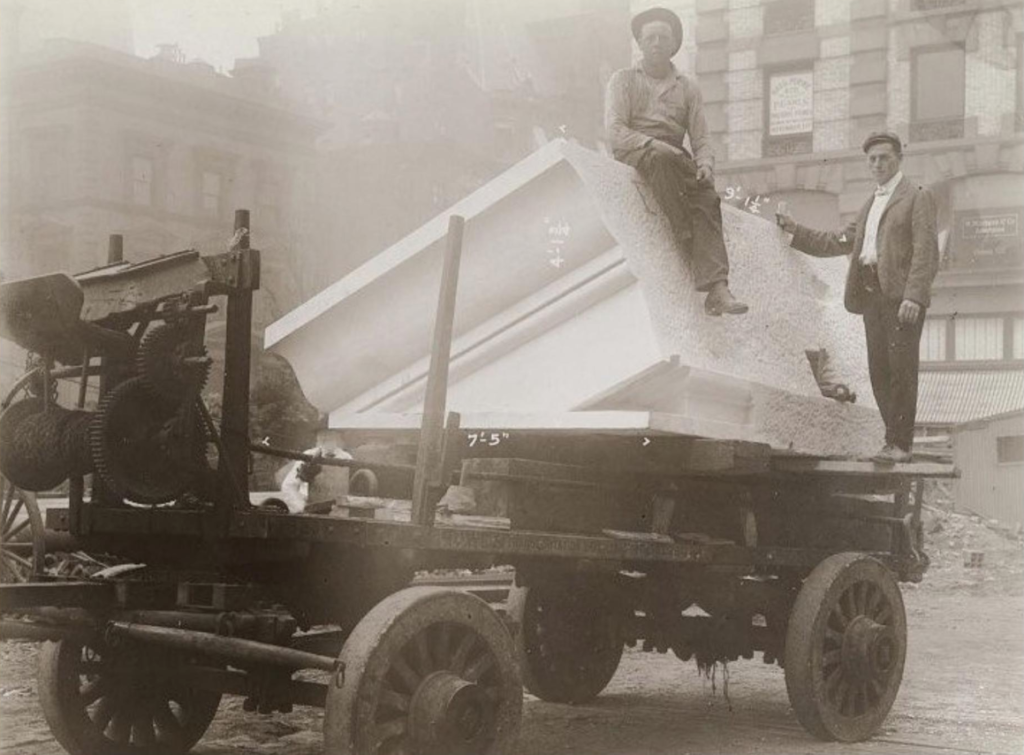
The main raw material required for production was the clinker powder that was mixed with water and then placed into special casts located inside buildings that were underground. Then a special etherial field was created inside, prompting the crystallisation of liquid materials without the use of heat.
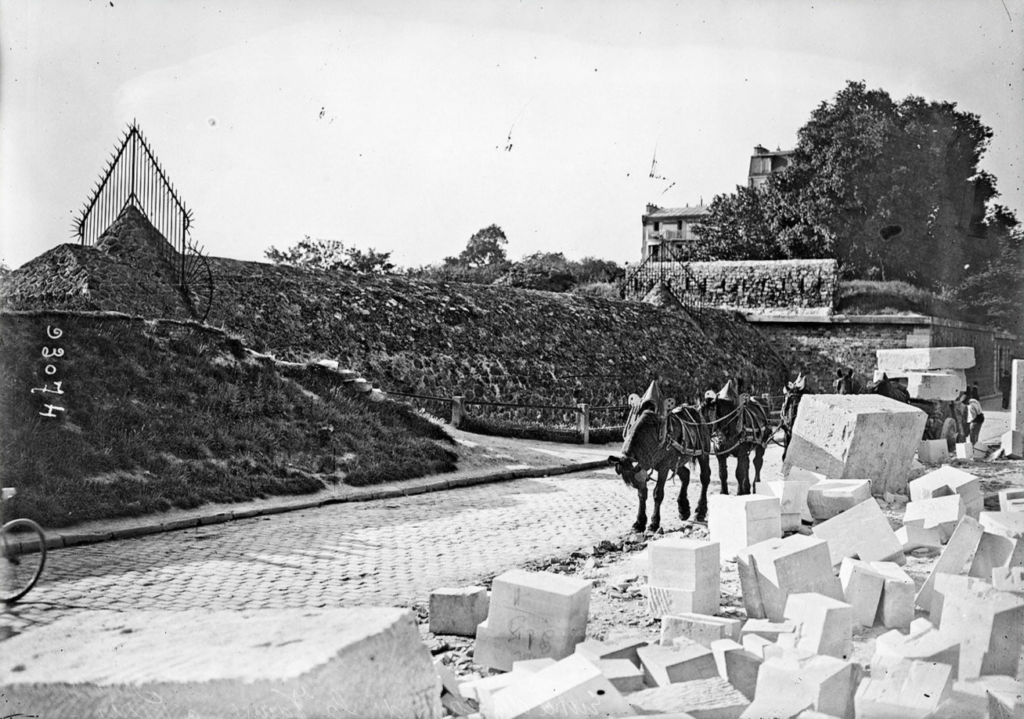
In special cases that required the highest quality of building materials a technology of dry pressing the clinker powder with exposure to etherial field was used. Press machines used for this process were the same as the ones pictured on photographs taken in the 20th century with the main difference being that steam that was required for their operation was produced with AET. Creating the etherial field for these purposes was possible thanks to AET tweaking.
The hardest task in producing building blocks was to acquire the clinker powder and disintegrate it into a powder that had a necessary fraction. For these purposes thermal disintegration was used. It worked even on such complicatedly built minerals as volcanic minerals. The required temperature for this operation was achieved with AET as well.
Devices that allowed to do this were called “rotating furnaces”. Many history researchers confuse them with firearms of the ancients, despite them never having any military applications. Necessary materials combined with metal spheres were loaded into the furnace and during the rotation process with exposure to high temperatures a required mineral powder was made. This powder is known today as the geopolymer concrete. It was immediately put into casts and mixed with water right on the spot.

It is known that a similar technology was used in the USSR up until 1953. All special architectural objects were built with stone blocks like the ones described above. Factories that produced these blocks have since disappeared.

Another rather interesting ~ technology was used to produce metallic frames’ of buildings. Large amount of data suggests that during the assembly process of these metallic constructions only rivets were being used with the help of AET. A special device was used to melt metal and placing the rivet in place required no more than an average human‘s strength. Making: these rivet connections was as simple as smashing nails into wood. Rivets were binding everything even in such places where: it is impossible to place them today. Welding was unknown to builders of the time since they did not have a need for it.
Nowadays the device that was used for producing these metallic rivets can be found in museums under the name of “vajra”.
Brick production has become a widespread process after the great war of 19th century, fragments of destroyed antique buildings were used in the process. They were recycled in the same rotating furnaces resulting in a low quality clinker powder. A brick was created with a solidifying technology that did not require the use of flame. To this day principles of this technology remain unknown. After the destruction of AET brick production processes degraded and the only geopolymer concrete that can still be produced today is cement made with incandescing of limestone.
Not all achievements in construction aided by atmospheric energy have been documented yet. Some sources claim that same processes were used to produce sculptural components of buildings – bas-reliets, friezes, capitals, molded ceilings and others. Others – that antique sculptures that were so detailed in appearance were produced using a special technology that allowed to copy bodies of living beings with special devices.
COMMUNICATION
Communication with the use of technical devices was conducted on a whole other level compared to today, however it resembled modern communication technologies to some degree. AET was applied to the tasks of communication and modified variations of it allowed to transfer not only information, but the energy itself.
The main difference here was that the old technology did not use high frequencies opting instead for the low frequency spectrum which allowed to get a very high quality directional signal. Transmitting this signal were special devices that in some cases resembled modern antennas despite being very different from them in principle.

This device altered the density of etherial field directionally which prompted a response from another device on the receiving end. A sort of a copy of this system is the modern radio relay lines. However radio relay lines worked on an entirely different frequencies lacking the ability to affect etherial field’s density.

According to some data, audio and video signals were transmitted this way as well as all the necessary signals that were required by engineering systems, transportation being the primary one. Ecologically unfavourable high frequency waves were not used. In certain instanced the energy itself was transmitted through these channels. “Wireless pillars” were used that remain a mystery today.

The main functional principle of this transmission was completely different from the one that Nikola Tesla wanted to implement. During such transmission a resonator was used that worked with a special kind of etherial field that had a lighter fraction and as a result did not involve heat (this is called “cold electricity” among hobbyist researchers). After gaining the resonance in a small building resembling a gazebo this etherial field was channeled through a network of poles with antennas towards a building equipped with devices for extracting atmospheric energy. Under the influence of such waves atmospheric energy started to accumulate in the receiving building prompted by the imbalance of other etherial fields (the mechanics of this process will be described further). This principle was used for all ancient water supply systems as well.
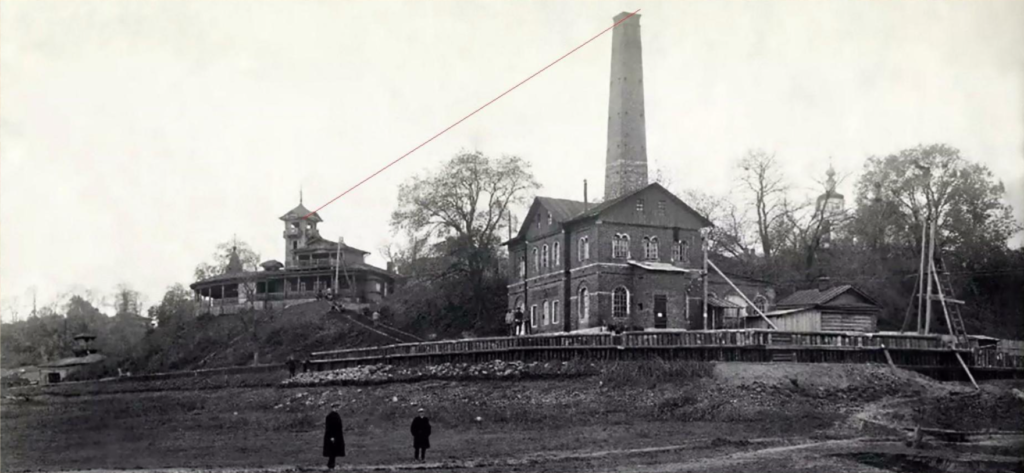
Such technological solution was used in case a building that used atmospheric energy was to be constructed on difficult terrain, for instance under a mountain. In this case a tall “no smoke” pipe was installed there. The pipe received energy from another building that was placed on open ground, this was a preferred method of operation.
After the war of 19th century this method was used to deliver energy into regular houses owners of which could not afford an individual source of-atmospheric energy for some time.
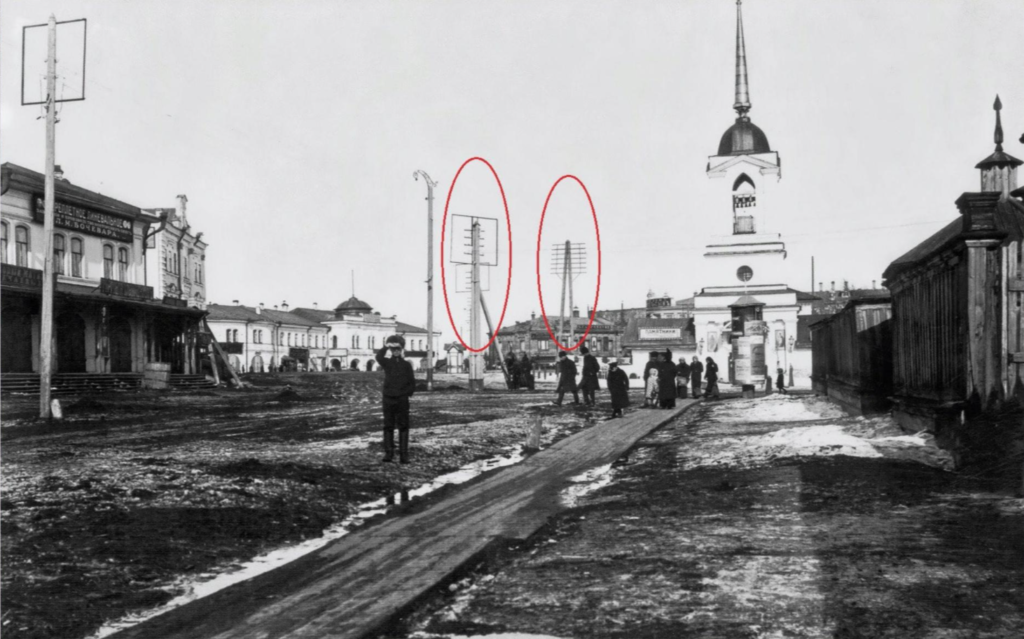
Such antennas were present on poles until they were replaced with regular electrical wires for purposes of transferring energy and information, first for free, then for a small fee and in the end for a substantial pay.
Antenna devices of ancient communication were named “conduk” in Sanskrit. This word was later transformed into english. “conduct”, the same word was used to describe one of the physical characteristics of conductors after the switch. to conventional electricity took place. ‘Today these antenna devices are made to be. perceived as symbols the most famous of which are five and six pointed stars.
TRANSPORTATION
People of past civilisation moved through space in similar manner to people of today, however some critical differences were present. Prior civilisation lacked state borders and traveling to a different continent was an everyday mundane task.
The most popular mean of transportation were ships that had_a system of canals created for them throughout every continent. We know that those ships never used sails and oars during everyday travels. The force that propelled them forward were etherial winds which moved them through water like a magnet pushes out a conductor ring (the principle is the same with exception of some minor differences).


These ships were fully autonomous sources of atmospheric energy that could extract and use it for movement as well as for other needs (lighting, sound signals, sea battle).
Secrets of such swimming lighthouses remain unknown to this day. Only at the beginning of the 20th century they started to get towed to other places but before that they were able to move themselves despite the absence of a water propeller. After the war of the 19th century these ships were modernised and equipped with steam boilers that moved water propellers.
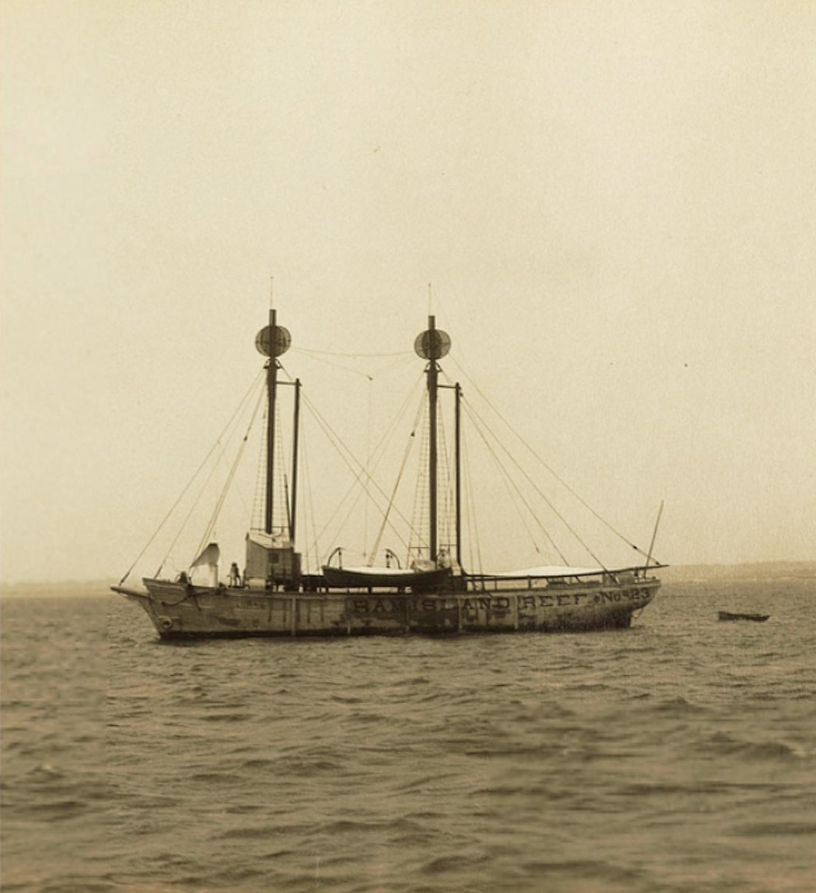
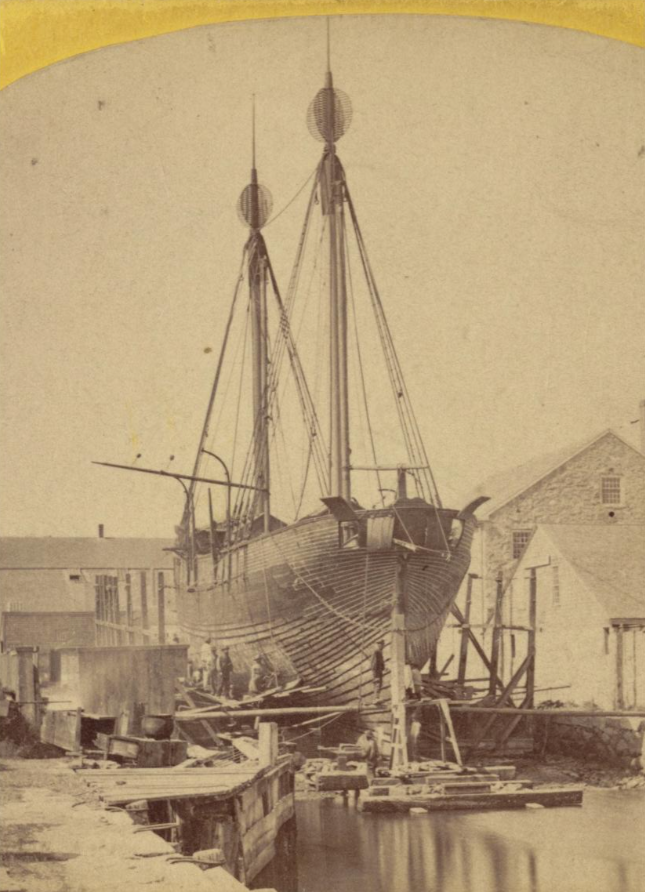
Such ships resembled buildings in their construction, where the captain’s bridge was akin to a roof. The accumulation of energy was similar to the same process with buildings. This historical period remembers ships that had sails and pipes simultaneously. It is obvious that sails acted as a backup source of thrust in case one was needed. After the abandonment of AET ships like these were stripped of the captain’s bridge element and smoke started to come out of their pipes.
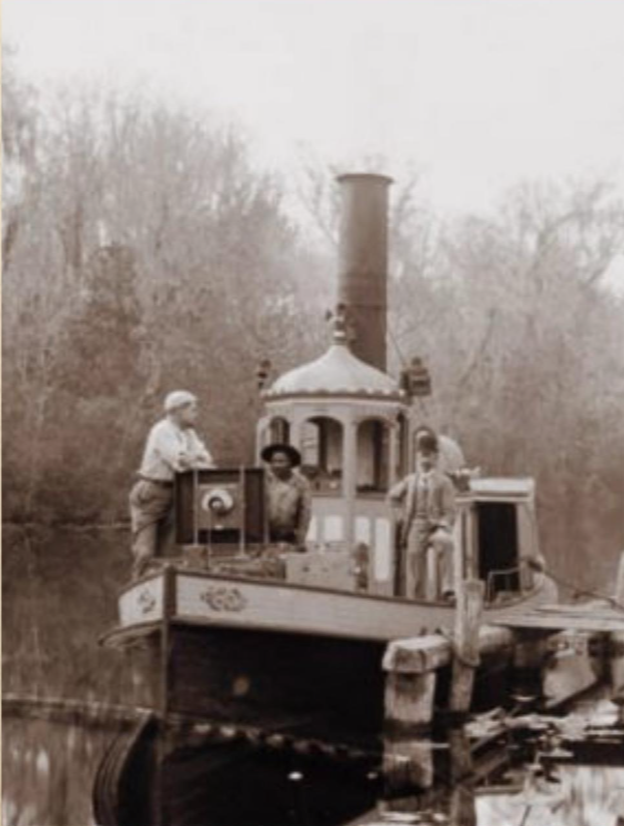
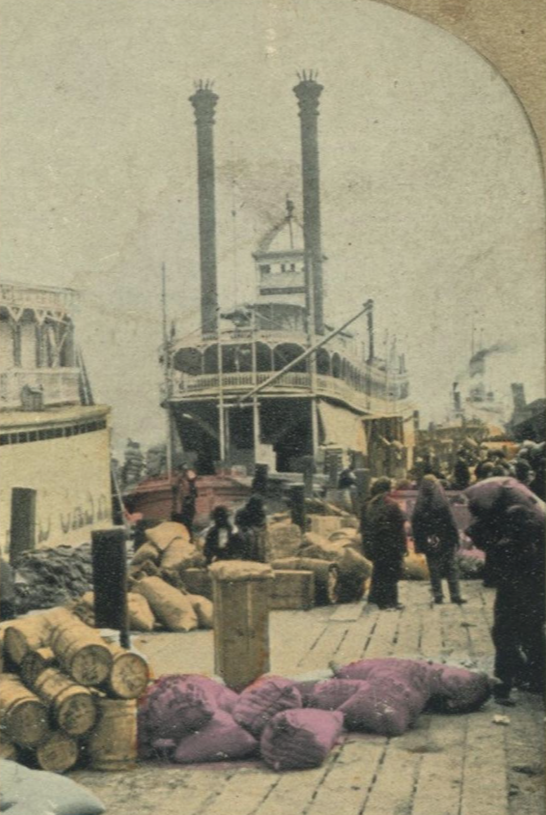
Second most common means of transportation were flying vehicles – zeppelins, there were no planes at the time in a modern sense of the world. Zeppelins were the most reliable aerial transport despite some common misconceptions, they could fly around the planet with not much effort in several days.
They were built on ancient technologies as well. Zeppelins of the time featured vacuum balloons that ranged in size, the bigger the balloon was the more power the zeppelin had. Vacuum inside the balloon was created with a compressors designed the same way as a modern version. Powering those compressors was steam that originated in boilers running on atmospheric energy. Zeppelins were huge because of the need to use a vacuum balloon, but this was their only downside.
Because they were a part of weaponry of the war of the 19th century there were no photographs or blueprints left of them afterwards. In the 20th century zeppelins were remodeled to run on helium and hydrogen and scrapped completely soon after.


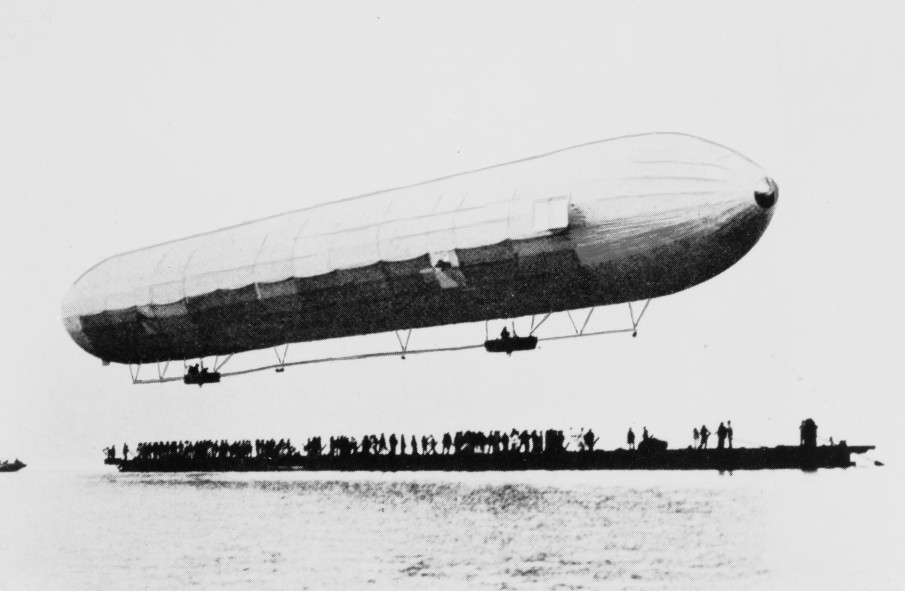
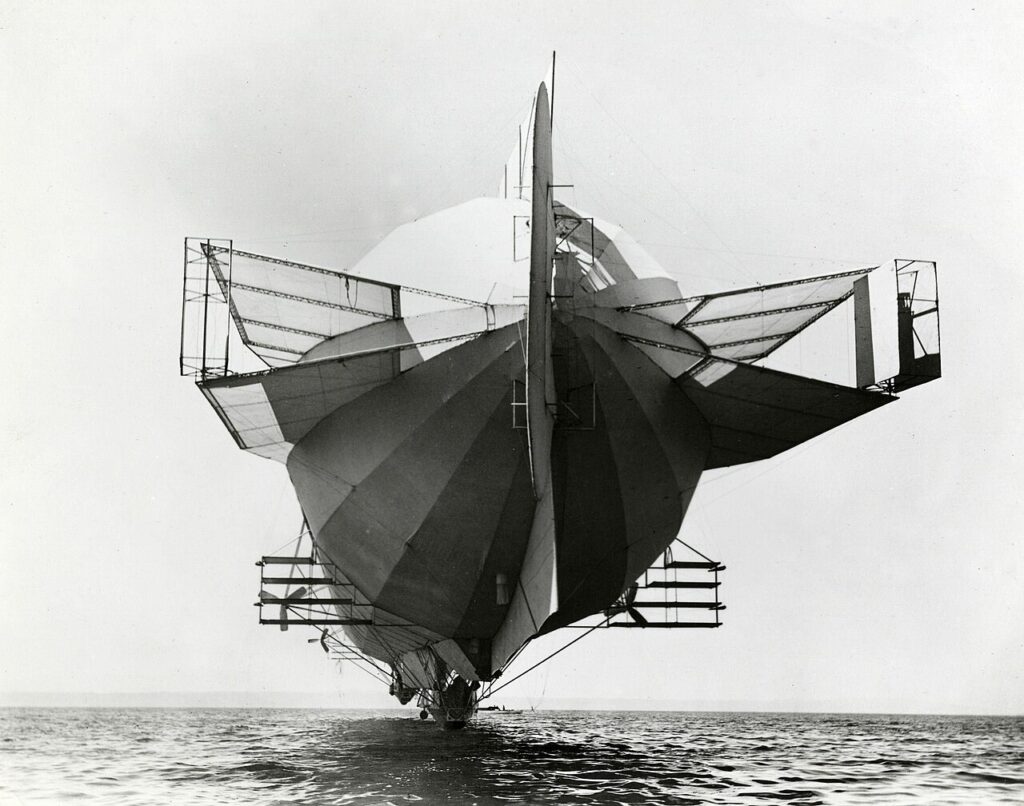



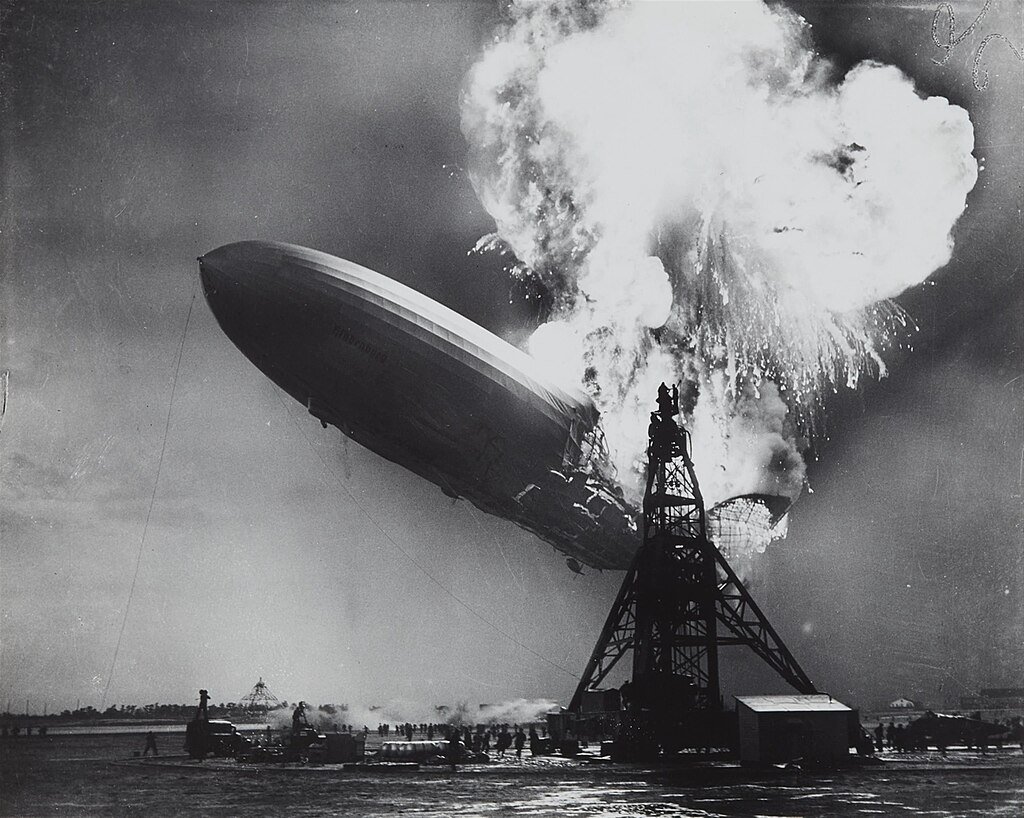
Third most common means of transportation were railroads.

A standout feature of this transport was the fact that it had a third rail in its’ construction, or two rails and a cable. Combining three rails or two rails and a cable into a unified electrical network resulted in one electrical circuit for powering trains. This system was used to power electrical engines at first, but then for reasons unknown it was adapted to power steam boilers running on atmospheric energy.

The main supplier of energy into rail circuits were buildings constructed the same way as the ones we talked’ about earlier. Rails were electrically connected to metallic frames of buildings. After AET was destroyed buildings were disconnected from rails and cables and never used them in conjunction since.

Archives hold extensive proof of the existence of more complicated railroad systems. These were the so called “wireless trams” that did not use a third rail or cable in their energy saving design. They were powered. through two rails only. There are no blueprints of such trams that managed to reach the present day.

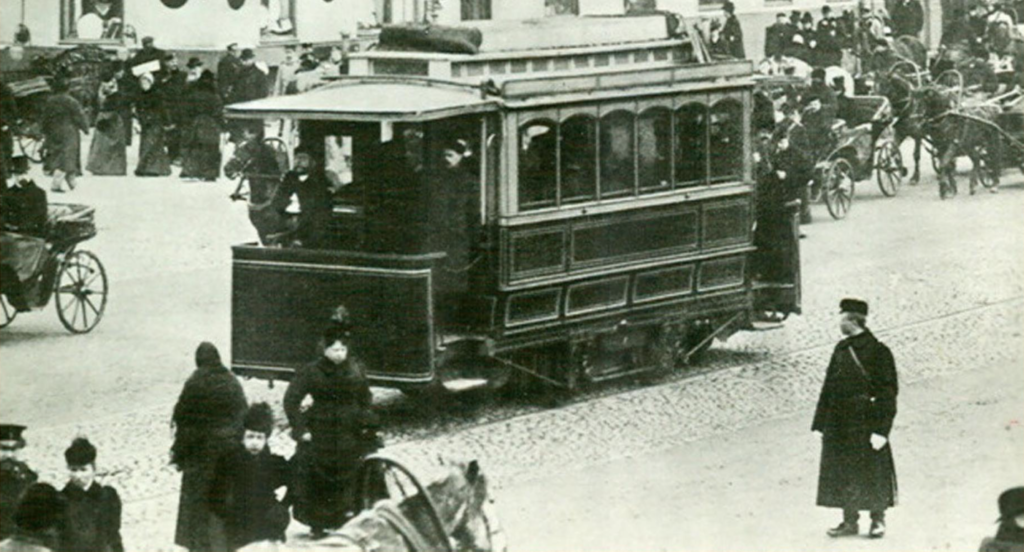
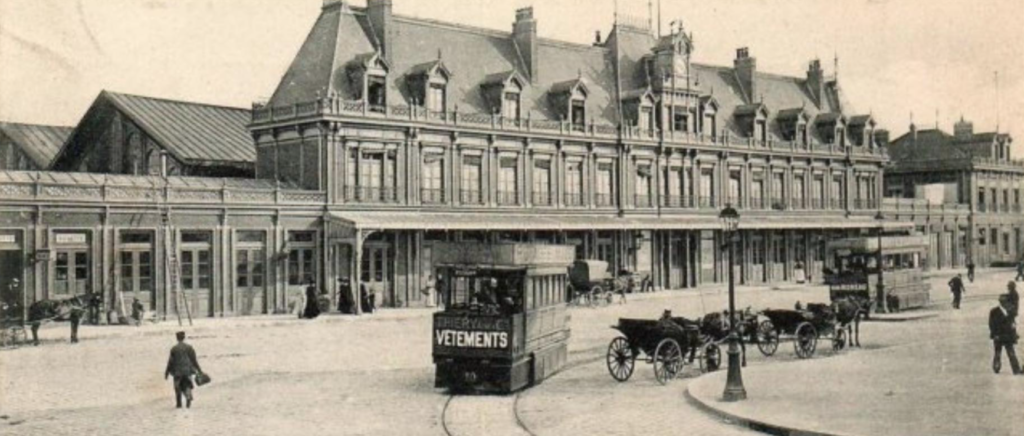
Automobile transportation, as paradoxical as it may sound, began to be widely developed and available only at the second half of the 19th century. There is some information suggesting that first automobiles used wheels of a special design.

The main principle of traction force of those automobiles was similar to railroad locomotives. Special roads paved with metallic tiles of a certain shape came in contact with wheels that transmitted energy into the car’s engine. These metal roads were left intact in some cities even today (Kronstadt, Russia being one of them). Tiles were interconnected with each other in such a way that while moving the car’s wheels always touched tiles of opposite polarity. The word “шина” (pronounced “sheena’ ) still has two meanings in Russian – a rubber wheel and an electrical contact conductor.
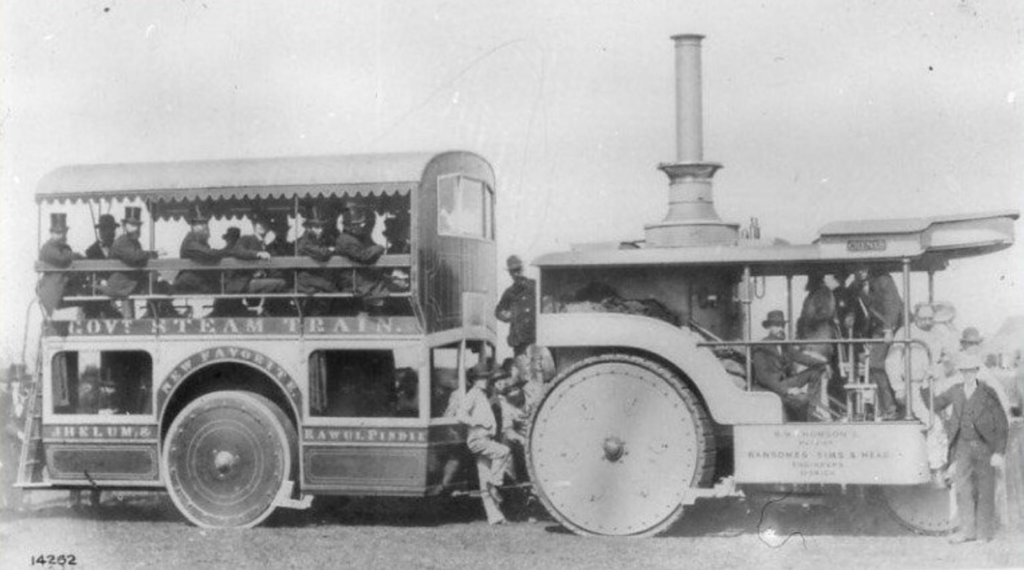
As part of their evolution automobiles were later: equipped with new generation engines that used AET without the need for external sources of it.
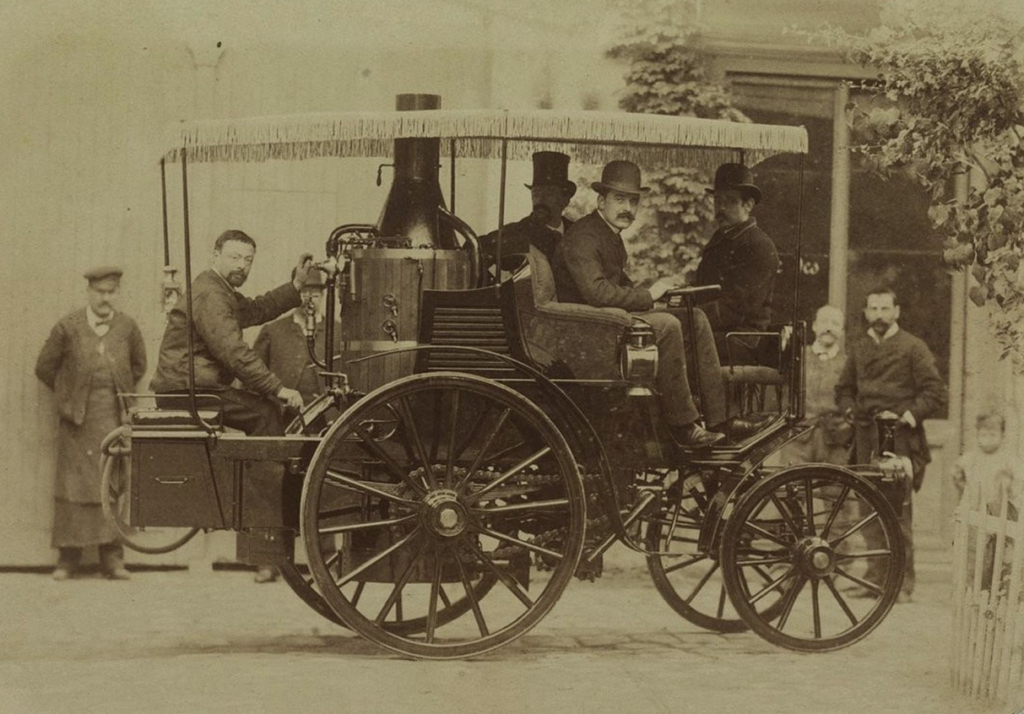
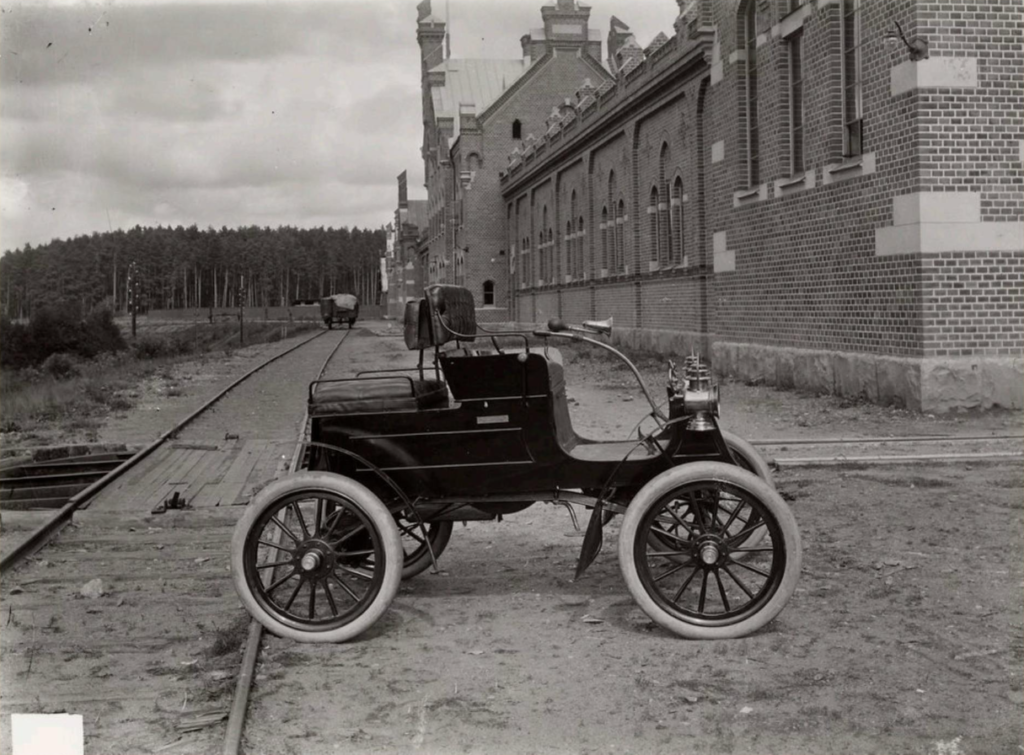
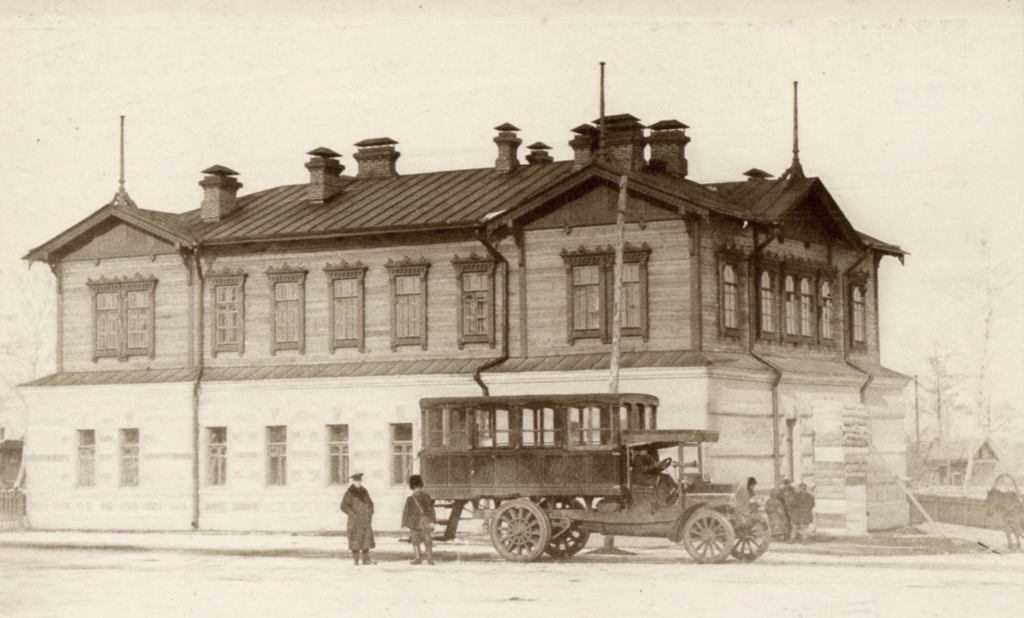
The secret of these automobiles was a certain technical artefact called “suliah” in Sanskrit. This word in different variations assimilated in every language of the world. Male names such as Salomon (jewish) and Suleiman (eastern) mean no other than “the man owning a “suliah” that bring wealth and power. Suliah resembled a rod filled with a special liquid. After inserting the rod into the automobile’s engine a process of steam generation began to take place. After that the process of extracting mechanical energy and transferring it towards wheels looked as usual. ,
Last automobiles that used this principle were being made in the USSR until 1953 and were used by the ruling class. No one could explain in detail how they were designed. According to drivers who worked on these cars they were started with a button and took 45 seconds to get ready. After that time was up the car was ready to ride and went from 0 to 100 km/h in 4 seconds while weighting much higher than usual cars of its’ class. A cruising speed of 150km/h was normal for these cars which was quite rare at the middle of the 20th century.
Despite this fact automobile designs started to degrade in the 20th century. Engines that use AET disappeared from free markets seemingly all at once. They, were replaced with automobiles using electrical batteries and much later with automobiles running on internal combustion engines. All the electrical cars were disappearing until mid 1930s worldwide. ‘Their revival occurred only in present day despite them being superior than their fuel powered counterparts.
HEALTHCARE AND MEDICINE
Medical services were on a whole other level not comparable to modern medicine despite all the achievements of today’s medical science. The main reason for that was that medics of the time had knowledge and experience on influencing person‘s spiritual body (aura) which in turn lead to healing of a physical body. AET was used for that as well. In comparison the greatest extent our modern medicine could achieve is laser scalpel and some pills.
People of old time could heal from all diseases known to that day. Narcological (related to drug abuse) and oncological diseases were unheard of. People could enrich their blood with the help of the sun and telescopes which provided them with effective life resources. Even exotic healing techniques such as “eugenics” (genetical enhancement of subjects) were practiced.
Several forms of working with human spiritual body existed, the most widespread one being placing patients inside special buildings that had a particular etherial field inside. Etherial field was created via special devices combined with music, incense and other forms of impact. Treatment could take either individual or collective form. For unknown reasons establishments like these start to disappear in the second half of the 19th century and soon after first mentions of oncological diseases in their current form start to appear.
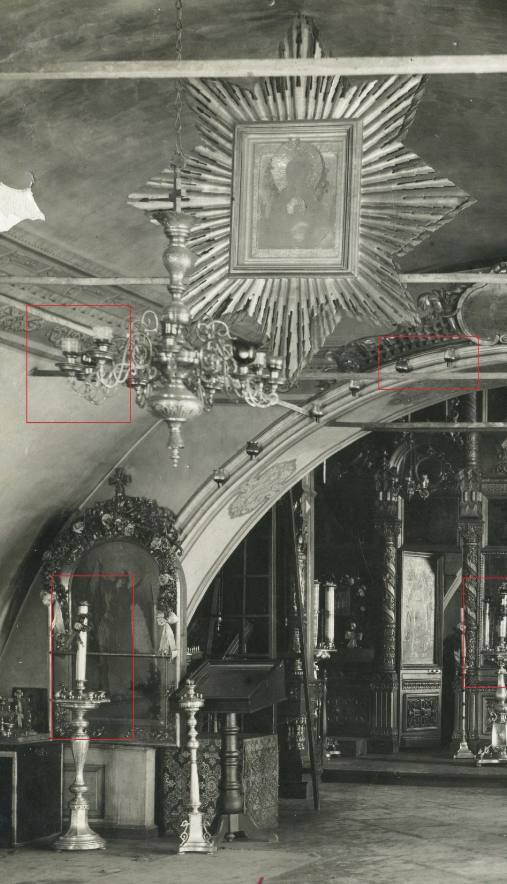
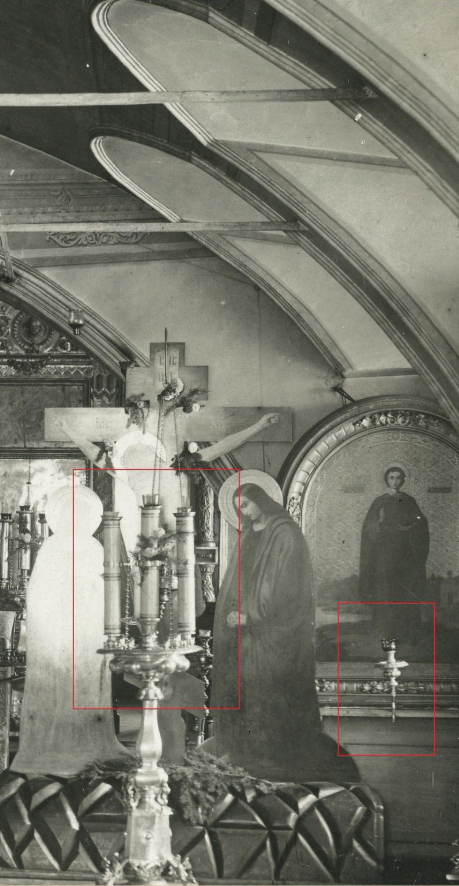
Despite many historical facts of global pandemics that took lives of hundreds of thousands of people across the world there existed rather simple technological tools to combat them.

These devices were placed near entrances of residential and communal buildings. The simple device created an etherial field using AET. Viruses were considered as no other than a kind of software algorithms that harm human’‘s spiritual body. Viruses spread with humans breaching some kind of a safe distance. This was somewhat similar to the way mobile phones behaved in the early days of Bluetooth tech, when one could “catch” a virus by getting close to an “infected” phone. After a person went through such a device his spiritual body was being purified in the same way a magnetic tape was used in tape recorders of the 20th century.
This was a precursor of a 21st century sanitiser machine, but one that did not require the use of antiseptics. These devices were called “seni” in Sanskrit. Nowadays the word transformed into many forms, from practical “sanitary” to more mysterious – saintliness”. In affluent houses this device could look more elaborate than in ordinary households.

After the destruction of AET these devices became regular architectural elements. In the 20th century as an attempt to recreate lost healing techniques simulacrums for creating an etherial field were used.
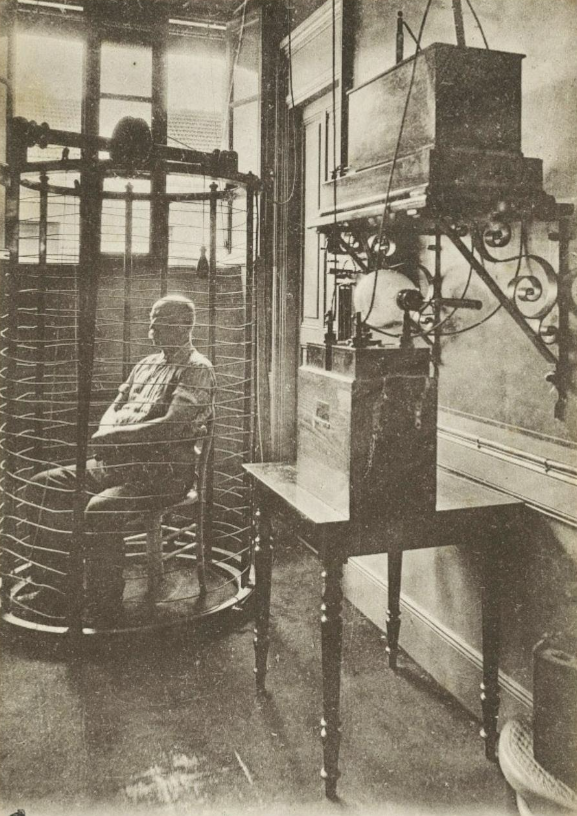
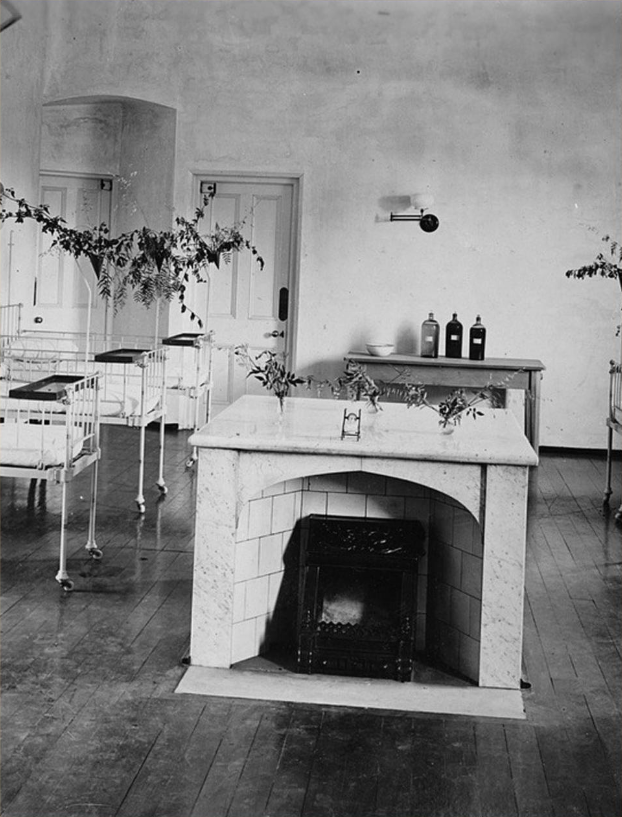
Over time this has started to be viewed as fraud and disappeared later completely.
ART, CULTURE AND ENTERTAINMENT
AET was widely used for cultural activities, sometimes in unexpected ways.
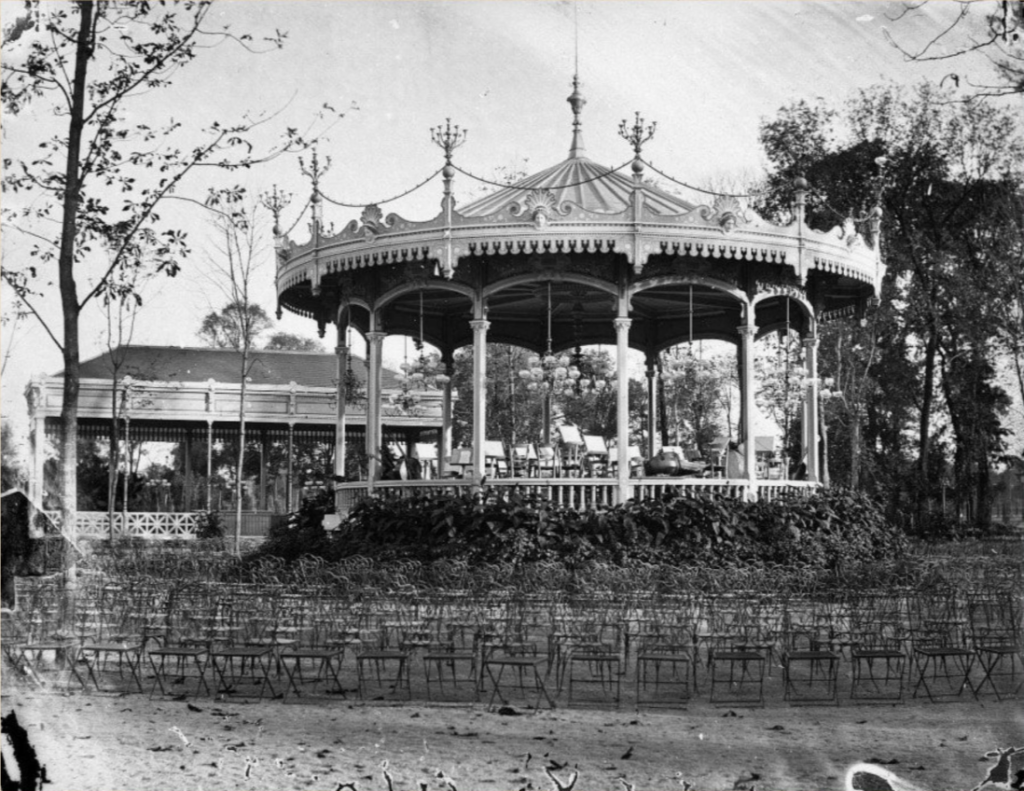
Music was viewed as something bigger than just acoustic waves. Music of that time was first and foremost a vibration of etherial field that in turn affected a person’s brain creating a feeling of “ethiria” or euphoria. Next to buildings where such etherial music was conducted people were expressing their feelings freely and in numbers, which can be seen on paintings that were left intact. ‘Today such expressions or feelings look rather inadequate, but at that time this was a pretty normal behaviour exhibited worldwide.
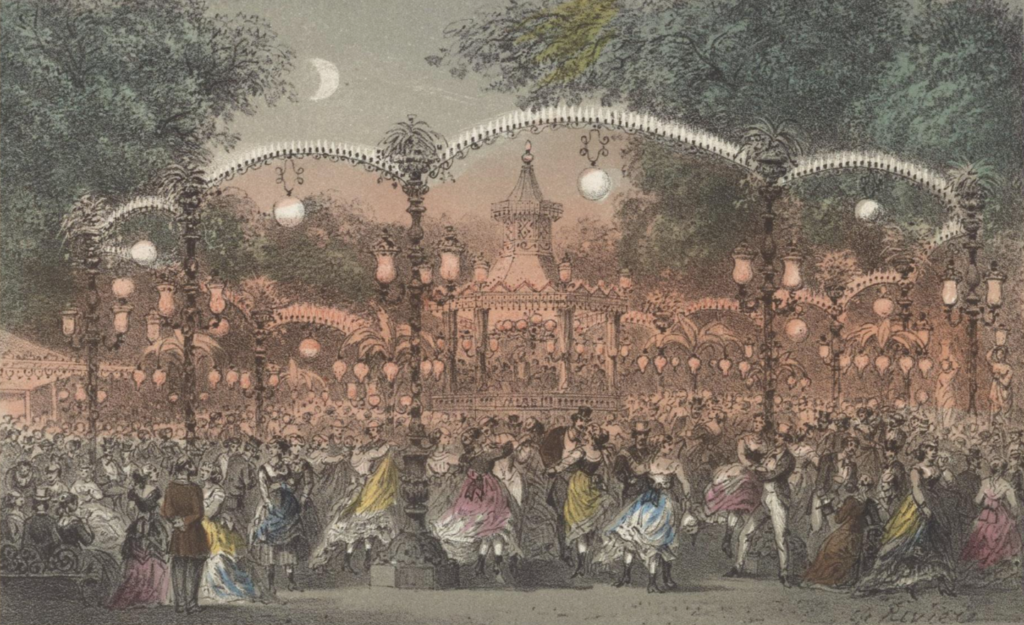

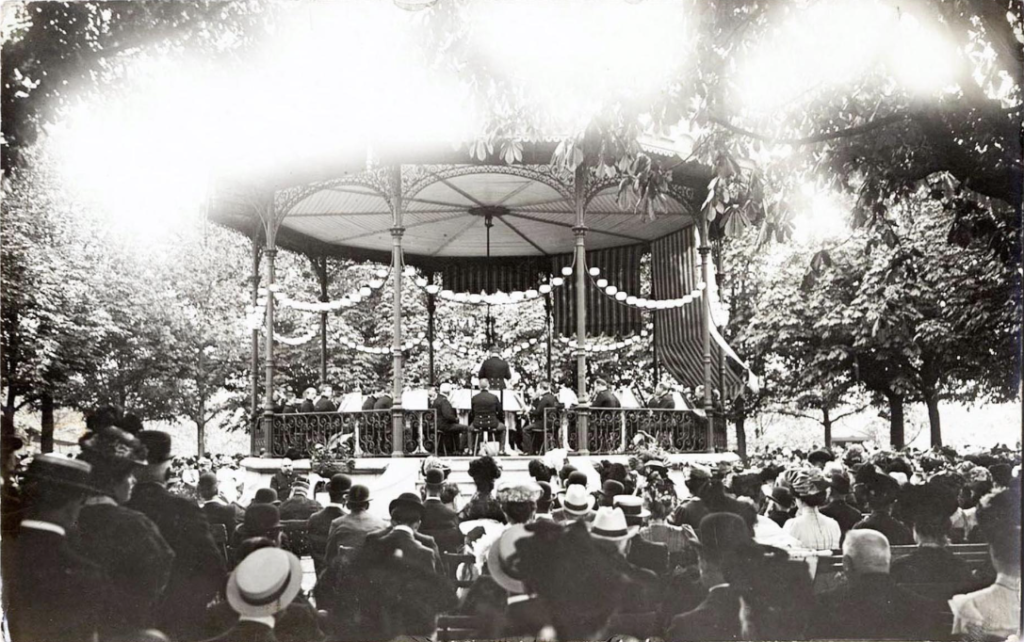
Places like these were a kind of prototypes of modern clubs equipped with powerful lights and speakers. Regular musical instruments were used, however they were modified with special components that could create etherial vibrations. These vibrations were amplified by the building itself and transmitted to its’ surroundings. The name of such buildings was “musical kiosk”, the name itself is still in use today. After the destruction of AET buildings have become purely decorative and musical instruments started to be used for extracting acoustical sounds only. This music style received the name “classical”.

According to some data such buildings were also used for poetry reading gatherings. Special devices close in functionality to modern microphones were used. Another variant of such buildings was an enhanced construction that started to spread around the world from eastern cultures.
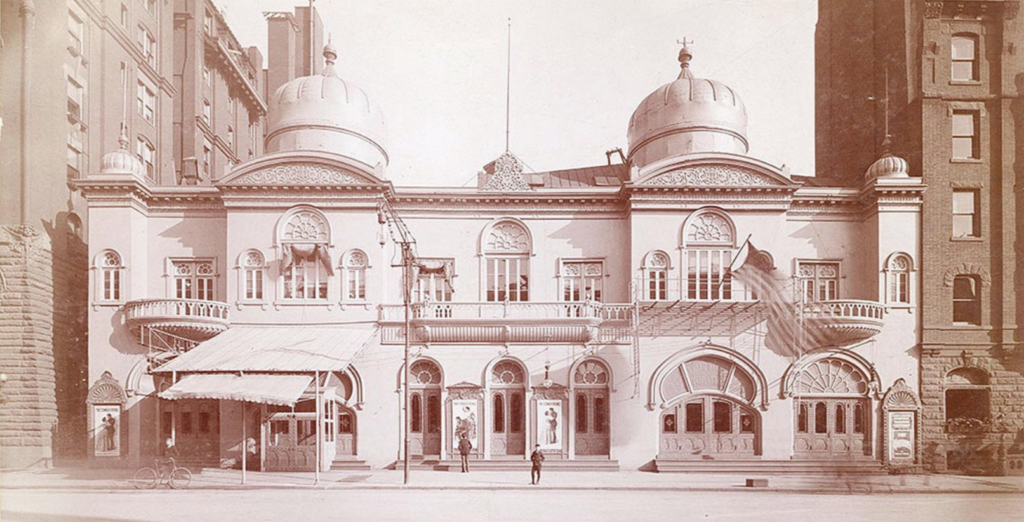
Their name stemmed from the eastern word “kaif” meaning pleasure, and later transformed into a worldwide known word “cafe”. These buildings could offer visitors a full list of services for relaxation and rest including special rooms located on upper floors.
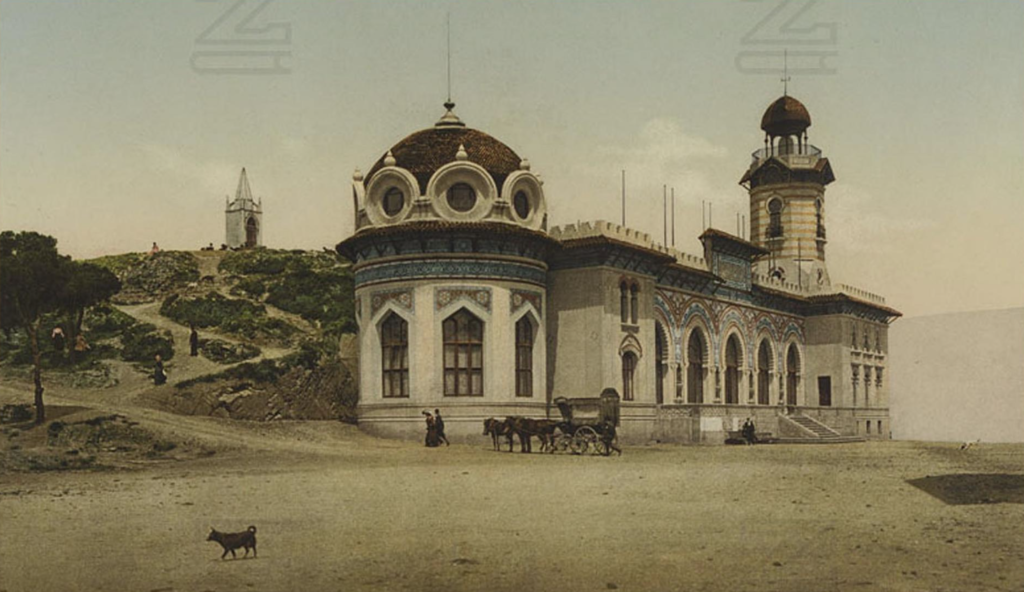
In huge transportation hubs entire cities consisted of such buildings. These houses were introduced to Europe and the rest of the world by British citizens. In some places the name was changed to.a more politically correct “restaurant” , which implied the restoration of one’s powers. In some cases British distributed coffee there, the name of which goes up to the eastern “Kaif” as well. The name of resting rooms stemmed from a Sanskrit word meaning sexual desire – “hotel”, which is still present in modern languages.

In some establishments resting was combined with water activities. These were the same “cafes” but with an additional installation resembling an aqua park. These buildings are described as.” roman terms” in historical documents despite being very loosely connected to Europe. According to some sources people of the time were fully engrossed in these forms of entertainment and did not want any other types of it. They were pretty happy with their brains being stimulated by everything listed above.

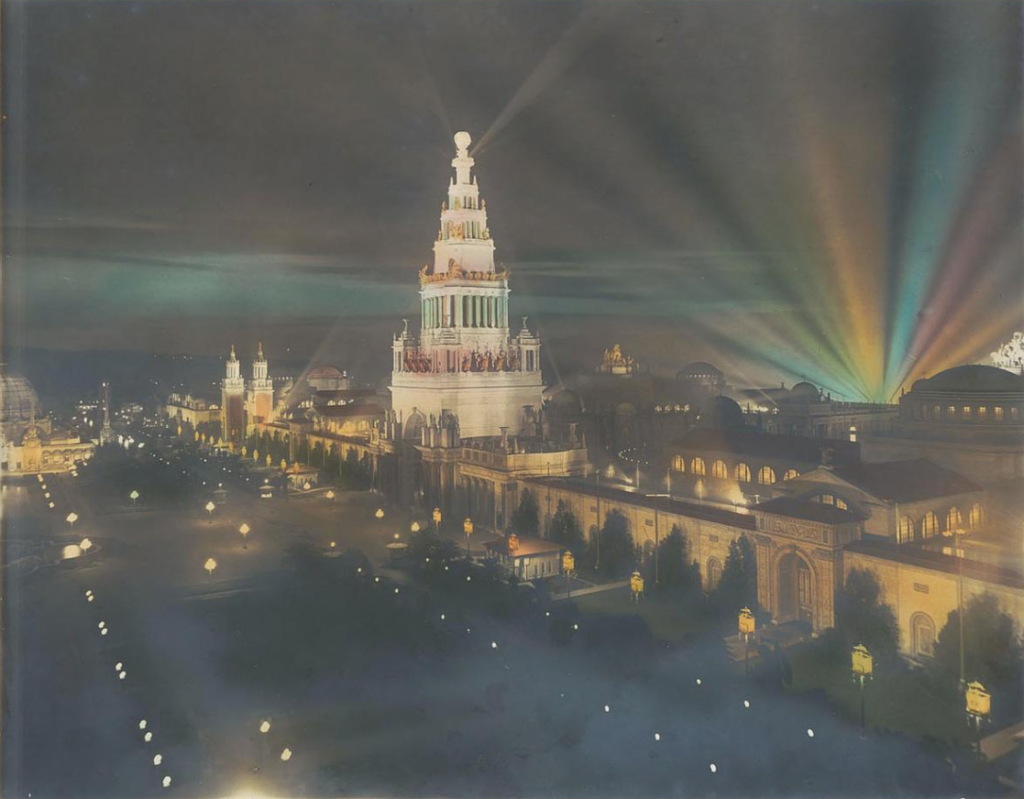
After the destruction of AET its’ use in mass entertainment was mentioned in many places. This can be explained by the fact that some technological properties of atmospheric energy were impossible to replace.
The most glaring example was the application of this tech at industry exhibitions, that started to disappear in numbers at the beginning of the 20th century due to fires breaking out for unknown reasons. After some time another exhibitions were held but they were not as big in scope and did not use atmospheric energy. In the middle of the 20th century such exhibitions became extinct and were revived only to present day.
HYPNOSIS, MYSTICISM, UNKNOWN
Some historical sources hold information that people of all ages could perform rituals that are now attributed only to gods. In right circumstances people could. do telepathy, hypnosis and communicate with the world of the dead. These actions were gathered under a single term that has changed its’ meaning today – magnetism.


AET was directly connected to such rituals. Allegedly after a certain kind of etherial field was created the participant had his “sixth sense” awaken, which in regular everyday life was rudimentary. This was used as a tool to recognise fleeting matters that a person in a regular state could not notice. In the 20th century these matters received the name “Noosphere”.
In its’ regular state human brain interacts with noosphere on one level, but after. certain stimulation is applied it transcends this level and starts communicating on an entirely different one. A similar effect occurs when people take some forbidden drugs with a major difference being that atmospheric energy does not interact with human blood and is not addictive.
There were many instances when an old time photo camera captured many kinds of anomalies.
These anomalies appeared only when a special etherial field was present at places where photography took place. This field was created by buildings utilising AET. Based on these facts we can assume that human optical range could see etherial bodies of people who passed away. After increasing some parameters of this etherial field photo cameras and human eyes could see anomalies more clearly.
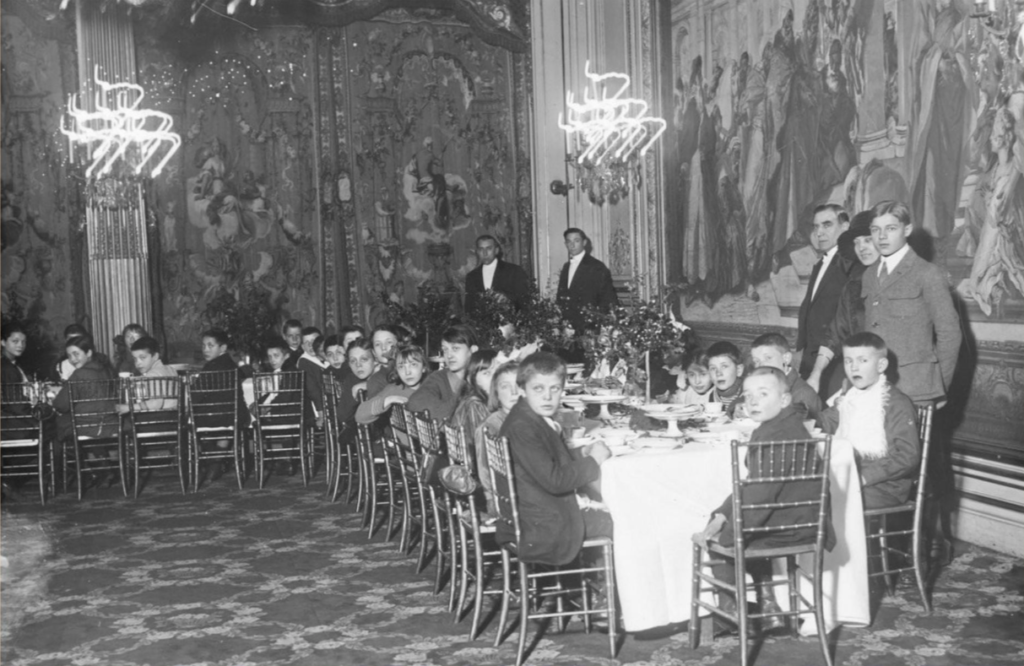
Phantoms appearing on old photos were signalling of the presence of a special etherial field in a place where the photograph was taken. Such photos can contain potentially curious artefacts (like a chandelier fragment from a photo above)
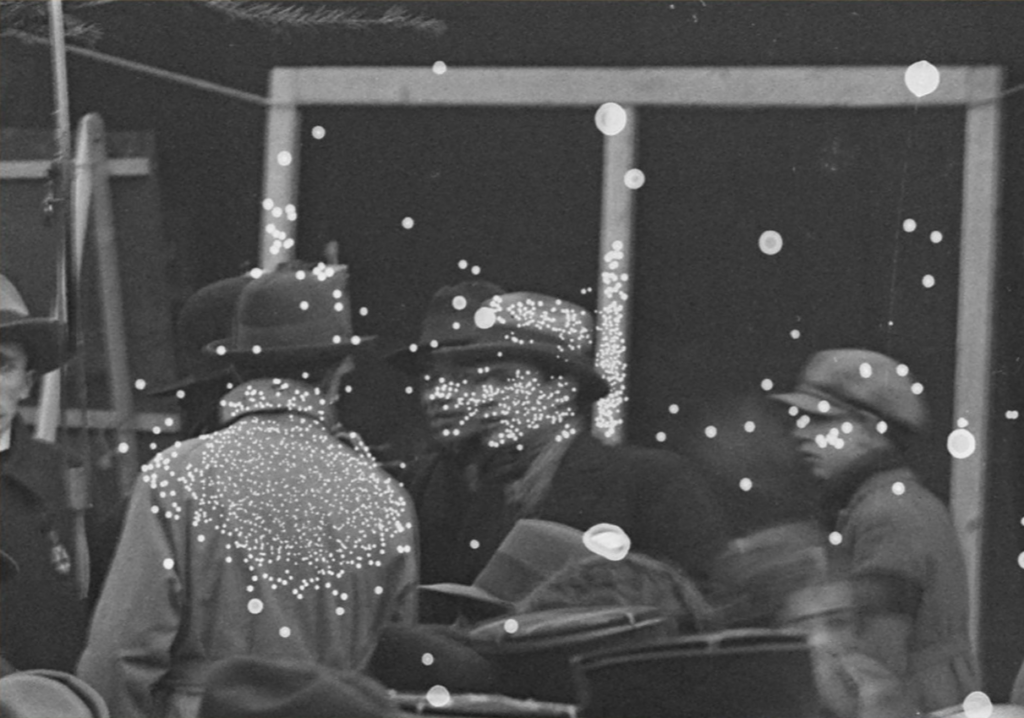
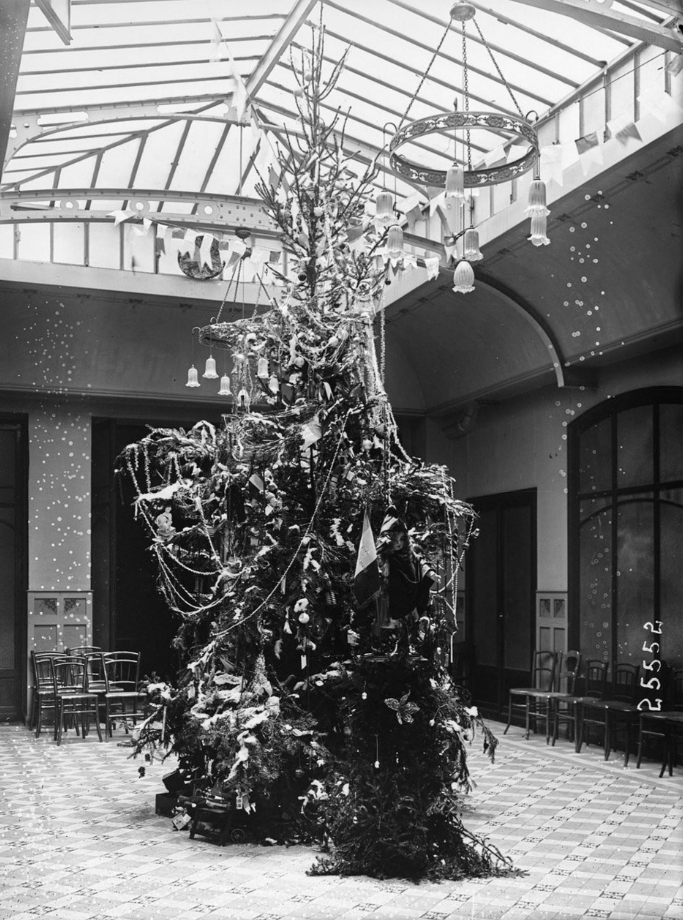

Many sources claim that special buildings were constructed where people could contact the world of the dead.

Unconfirmed information suggests that special mirrors were used for such rituals. They were made in small sizes and a part of a room could be covered with them. After shining a special light onto these mirrors they were starting to show images of people who passed away and ritual participants could communicate with these people with a power of their minds. Later these buildings were repurposed to function as theatres and art galleries and mirrors were removed from them.
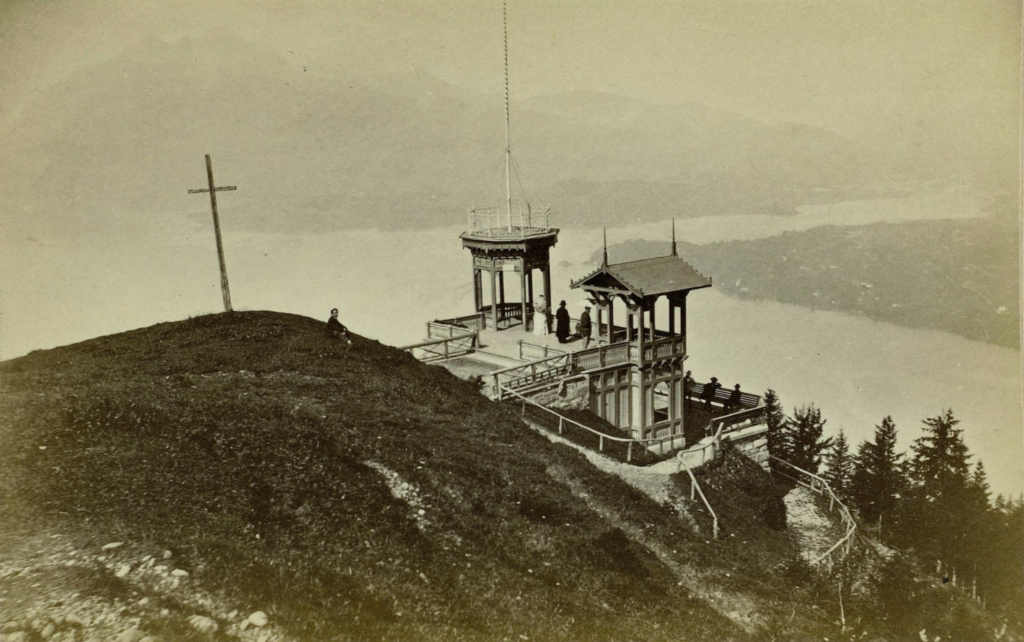
MILITARY APPLICATIONS
Many photographs taken during past wars remain mysteries in itself. In particular question arises – how the use of regular cannonballs could result in such obliterating devastation.

Past wars remained only on images many of which were falsified. At the same time one rare occasion. some paintings being sold on auctions arise many questions among experts.
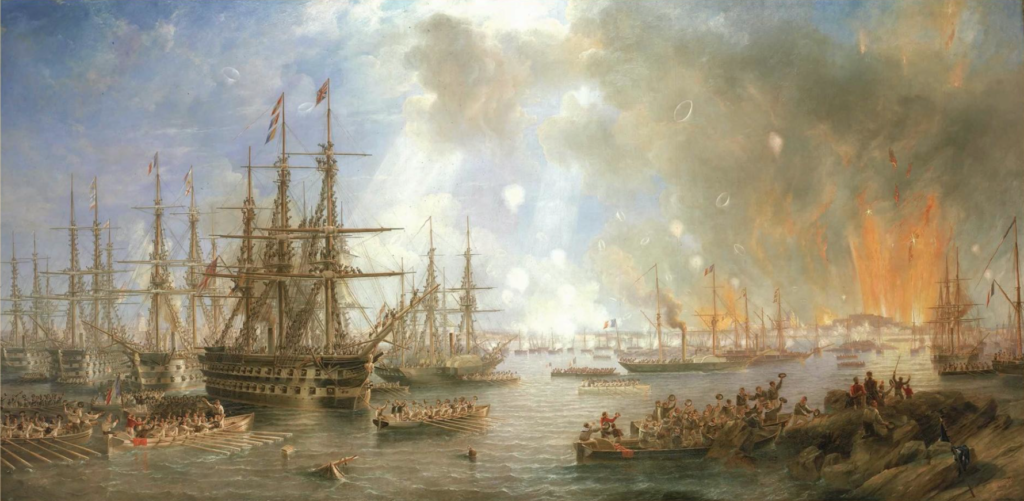
In fact during wars of the past AET was used time and again. The looks of some old weapons being sold on auctions and being labeled authentic cannot cause any other reaction than a smile.
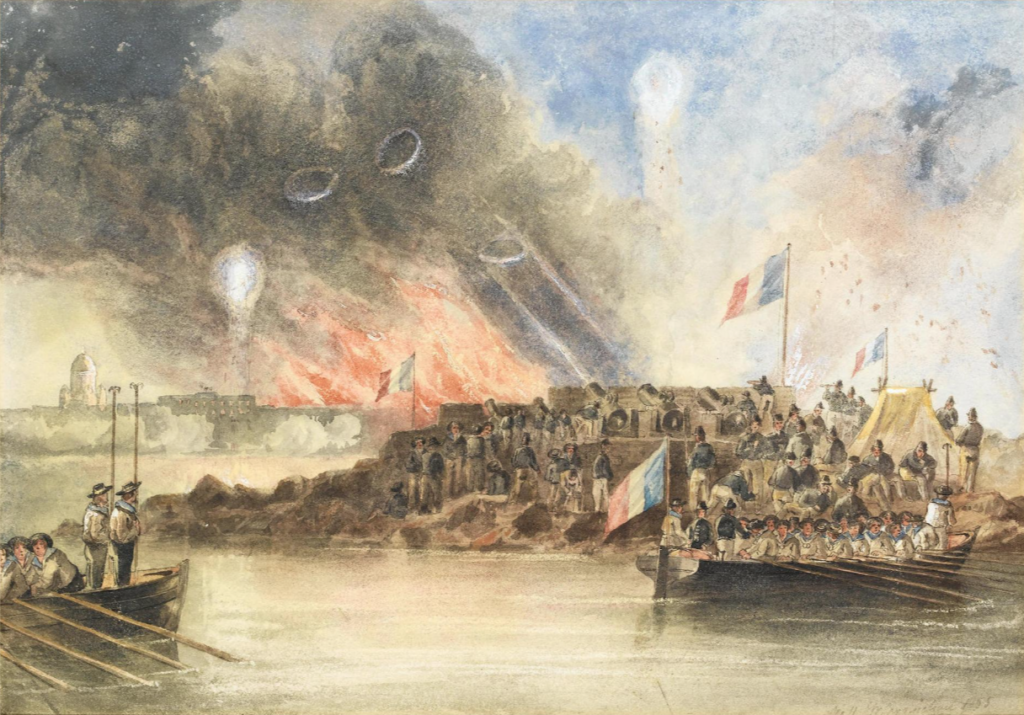
However these weapons were indeed used and had devastating power. They never functioned on gunpowder and bullets, but were shooting with toroids the size of which depended on the weapon’s caliber. Knight armour that has become a common attraction in museums were real protection suits that worked the same way grounding devices work today.
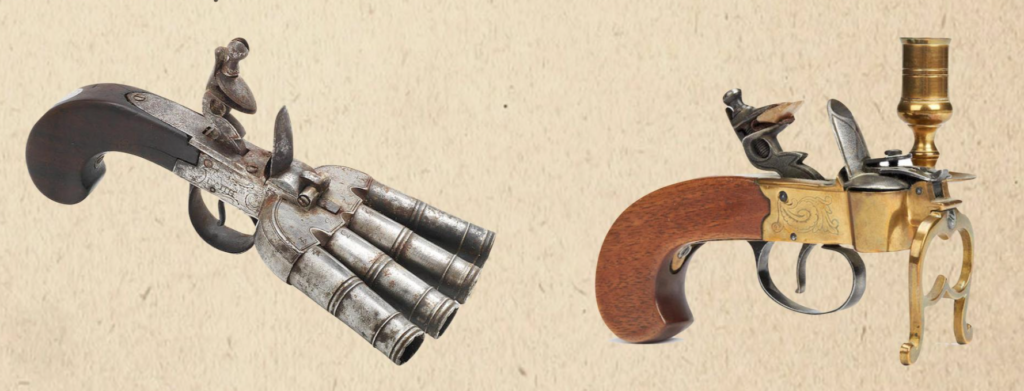
Such pistols were never the source of a shot themselves. They were equipped with a special conductor resembling a measuring lead and ground pair of a multimeter. It was called “axelband”.

This conductor through a handle connected the pistol to a building extracting atmospheric energy. No photographs of such buildings remain, but they looked like a regular military tent that is a common sight on paintings dedicated to wars.
Axelband was a part of a military uniform kit of every man in the army including high ranking officers. If necessary a group of soldiers could create a consecutive network with their axelbands by binding shoulder straps of shooters standing next ‘to each other. Special bulbs were then used to indicate that the network is working and has ‘current. When necessary bulbs were replaced with fur hackles that thanks to static electricity started resembling, furry tails. he presence of bulbs as sources’ of light was not endangering soldiers as with weapons like these no snipers were part of the military at the time.

Artillery weapons functioned based on the same principle, but thick wires were used instead of axelbands.

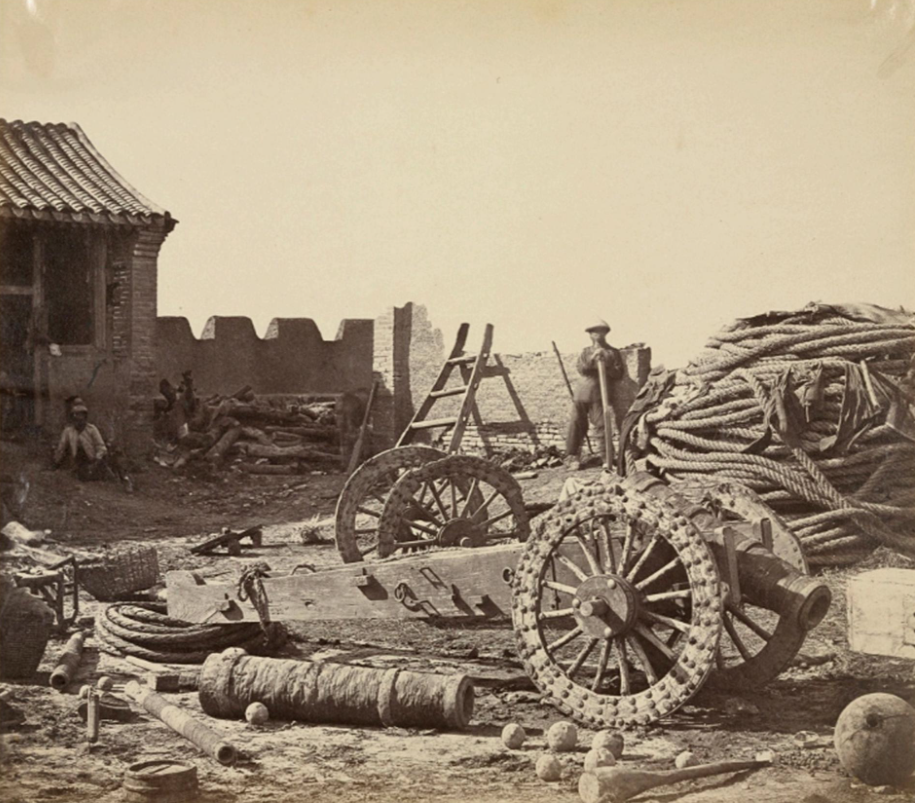
These exact weapons despite not looking like much at all turned the battlefield into burned ground not suitable for living.
The two photos below demonstrate the ‘same place before and after it was fired at by the cannons that live in museums today.


Ships and zeppelins were equipped with such cannons as well. Having control over such zeppelins allowed to eliminate the need for regular army as they could turn any state’s territory into lifeless desert. Obviously that is exactly what happened later. The winner concealed these weapons while providing the rest of the world with horse mounted riders, tanks, airplanes and nuclear weapons. Despite their menacing appearance these weapons cannot compete with ancient ones and never could.
PRINCIPLES OF AET OPERATION
Despite appearing complicated and somewhat mystical AET is very tangible and can be comprehended by any human being possessing middle ground intellect or higher. At the basis of this technology lies a now lost science about interaction of substances that were widely known to scientists up until the beginning of the 20th century. These substances were categorised, researched and put into the periodic table, from which they were later removed during the “cultural revolution”.
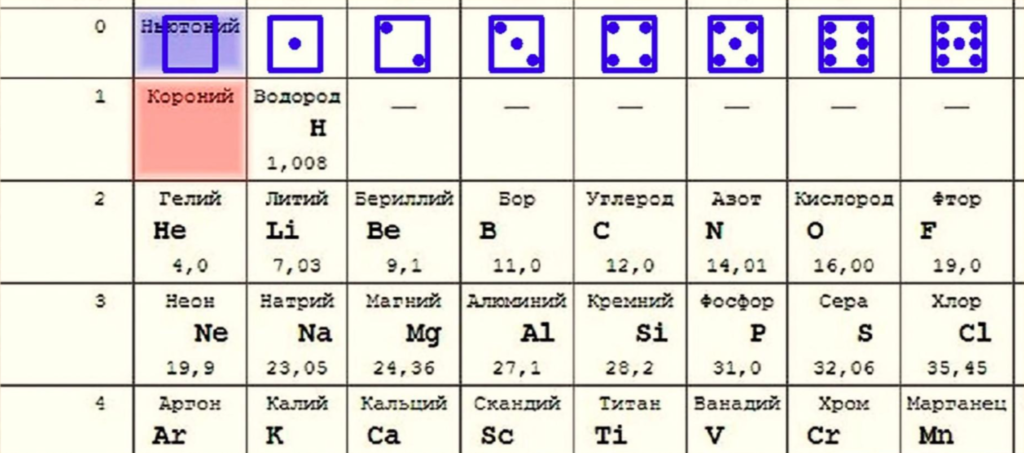
Every phenomenon of physics that is explained by abstract and vague functional dependency in modern science, was explained by interaction of substances from the “line zero” of the periodic table not so long ago. For instance an oscillation of mutually perpendicular transverse oscillations of the electric and magnetic fields that is very hard to understand replaced a much more simple longitudinal wave in etherial field, that was akin to the acoustical wave. In another case an abstract and confusing “inner energy” term was put in place of a simple process of concentration of a special element from “line zero” – caloric fluid – in a substance. Overabundance of this element lead to a thermal expansion of substance at first and then teared intermolecular connections and transitioned the substance into another state.
At the beginning of the 20th century much effort was applied to completely destroy AET. The goal of this project is to restore it.
Alchemists marked all the elements of “line zero” with symbols that were later transformed into the “Dominoes” game. Their belief was that under normal conditions all these substances remain in a state of balance in the atmosphere. This balance is constant just like the number of points in dominoes. When the balance is disturbed by removing one of the elements, environment tries to restore it by transferring similar substances from nearby points of space to the place of disturbance. This energy that pushes the substance in an attempt to restore balance is unlimited in theory.
This is the basic principle of AET.
The most basic manifestation of such event is the process of static electricity formation. In modern energy industry this process is considered secondary and harmful, but in AET this is considered a prime productivity parameter. Therefore one of the main technological links of this network is a substance that causes an imbalance of the “first line” substances after a mechanical impact takes place, thus the appearance of static electricity.
The secret of this substance is lost. It was called the red gold, some sources named it the Arab gold. It was a mix of a number of substances that were created by specially educated people. Red gold was the reason for the majority of wars. The prime treasure. The power of a ruler was measured by the access to red gold for his people.
There were several places on the planet that industrially produced red gold. The biggest factory stood in the city of Hazar, modern Turkmenistan. In that region several mineral deposit spots were concentrated. The minerals were mined and then used as raw materials. The place was heavily guarded and its’ name to this day means danger in the english language – hazard”. The main spot of distribution for red gold was the city of Charghzou (modern Turkmenabat) that was erect at the intersection of trade routes. This city has lent its name to the electrical charge in English language. Many wars were fought over these territories as sources of red gold. This substance was mentioned earlier as a crucial knowledge necessary to gain energy from atmosphere. The substance in liquid form was placed in special vases and after that following a certain pattern placed onto buildings.
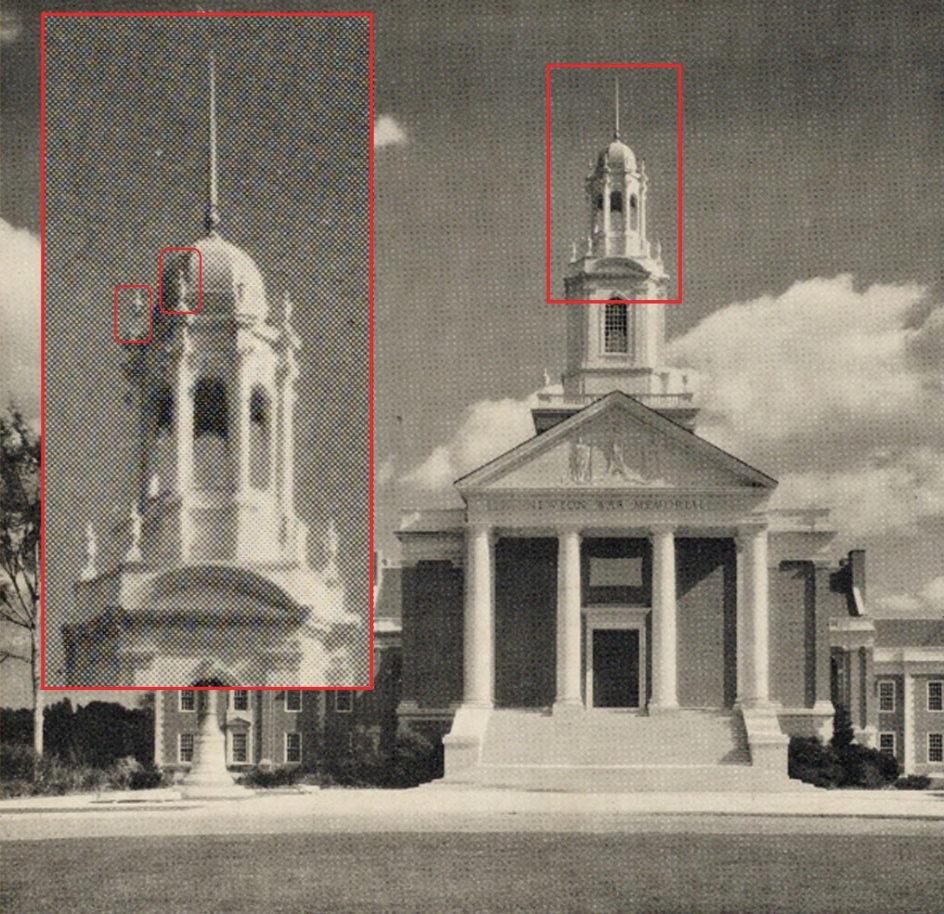
This architectural element was officially named “cornichon” (after the french “corniche” – cornice). A cucumber got the same name thanks to looking similar to the said element. Each nation had its’ own name for the element but the practical application was the same. During the “cultural revolution” all cornichons were removed or replaced with purely decorative elements
A key element in the red gold production process was regular gold. In the “golden age” with gold being a widespread metal, rulers issued golden coins. Everyone who owned them could turn them into red gold if necessity arose. After AET was destroyed golden coins were replaced with substitute copper coins and bank notes that were in theory backed by certain amount of gold. In fact real gold was and is continued to be accumulated in certain people’s hands for purposes of not letting AET to be revived. Gold prices are hard to explain and their fluctuations are irrational at best, the real logic behind the processes is available to comprehend only to select few. In case someone succeeds in restoring AET this will cause a storm like domino effect of all other technologies collapsing and the winner will be determined by the maximum amount of gold in his possession. All other elements besides gold that are necessary to produce red gold were declared poisonous. Circulation of these substances is strictly limited with no logical reasons behind it in many cases.
Another crucial element that was functioning as part of AET was the eave of a building.

Special acoustical lenses were placed ori horizontal areas of an eave. They were called “triezes”. Their purpose was to focus free etherial oscillations of the atmosphere and channel them onto the building’s frame which in turn prompted an orderly flow of static electricity in the same direction of focused etherial waves. The flow of electricity was the source of atmospheric energy.
The so called Schumann resonances are nothing other than undamped etherial oscillations caused by the ionosphere reflections. They were known for a long time. Every spot of our planet at any minute is being wrapped around by Schumann oscillations that change their directions several times. There are several kinds of Schumann oscillations.
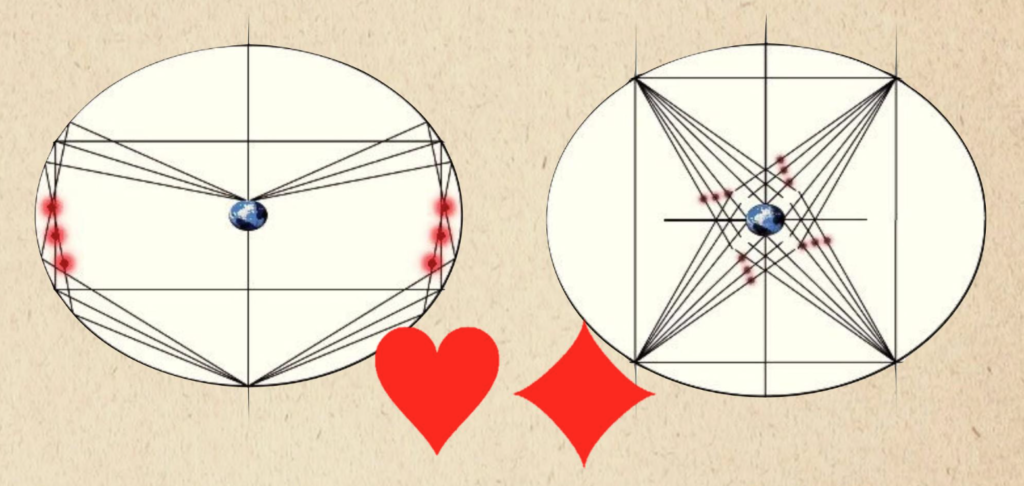
Schumann oscillations’ eight harmonic has a frequency of 60 Hz. When being projected onto Earth’s surface it closely resembles the ancient eastern swastika symbol. This exact harmonic was used by buildings that produced atmospheric energy. Because of this fact the de facto standard for a power generator frequency was initially set to 60Hz, but later changed to 50Hz in Europe to cut compatibility of some ancient artefacts with a modern power grid.
Ancient people were well aware of the pattern of Schumann oscillations and how they went around the Earth’s surface. For purposes of creating behaviour models of such waves a special science was used that was born in the East and carried a name of Babylonian mathematics. It depicted the world not in the Cartesian coordinate system but in the system of Tetrahedron coordinates.

By mastering this science people could create models of etherial waves’ behaviour in any point of space. At the same time they were designing the buildings in such a way so they could act as a resonator in the same point of space.
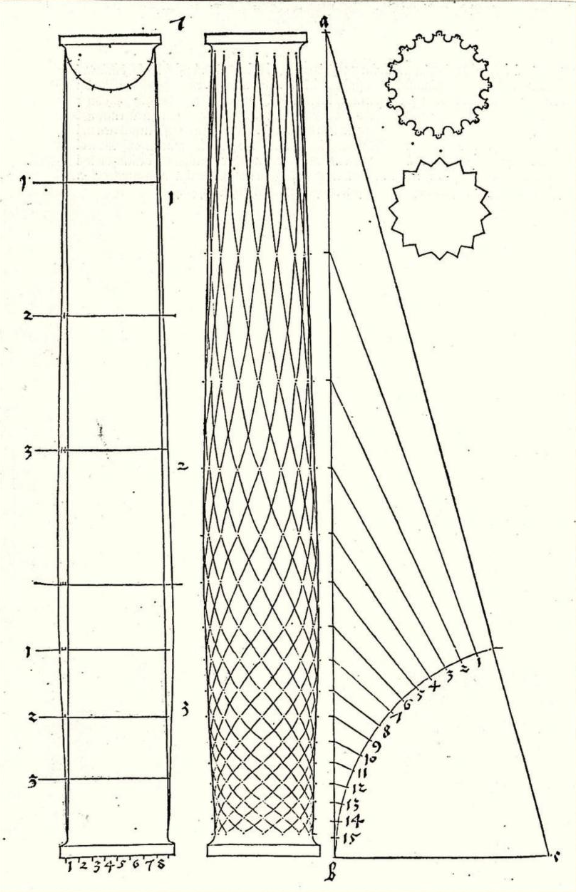
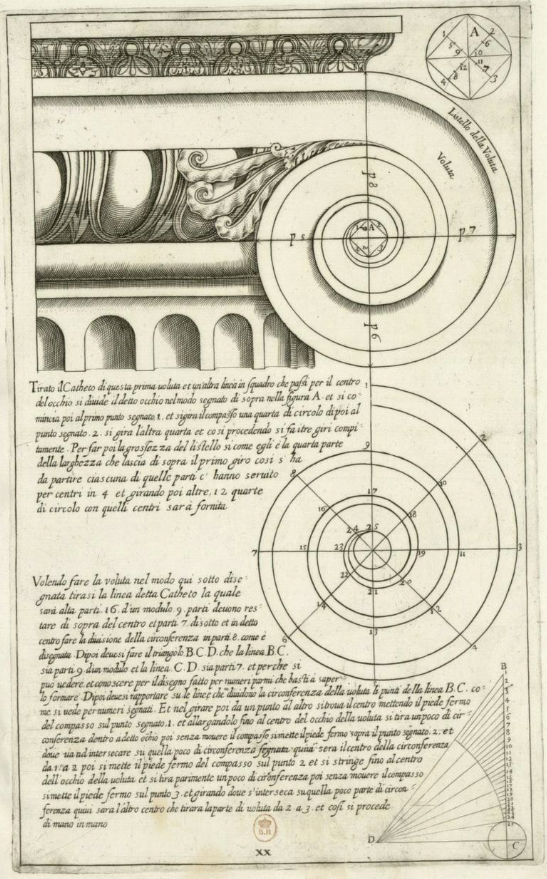
Fine tuning of the resonator building was performed with measuring devices that can be found at antique auctions and in museums today.
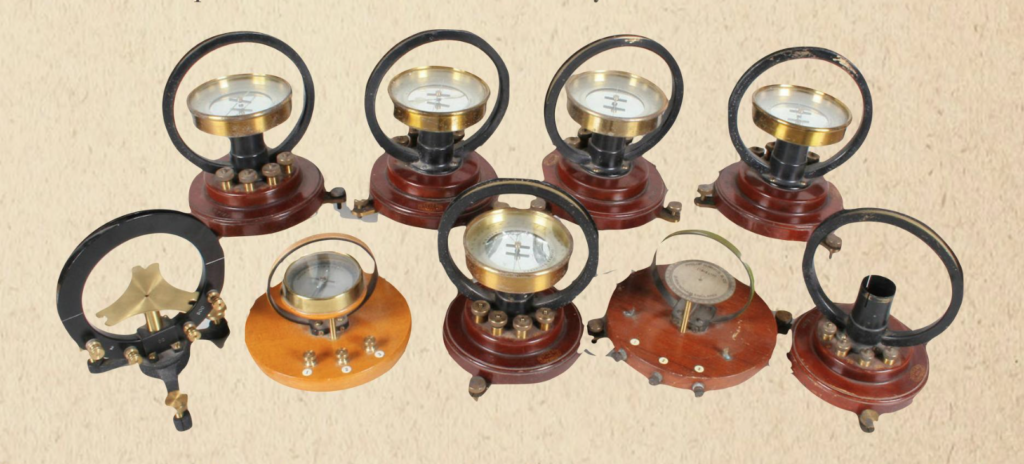
The purpose of these devices unsurprisingly remains a mystery to people of today. These devices in fact were used to measure the etherial imbalance that lead to buildings being able to create atmospheric energy. When fine tuning was performed at a high level of accuracy the building in question began to visually resemble instances that we already described earlier. It started to glow brightly while providing itself with a source of energy at the same time. There were many kinds of resonator buildings in operation. The art of an architect was not only to create a high quality construction but to make it fully realise its’ energy potential as well.
Unfortunately all of this will have to be rebuild from scratch.
Original Source: Atmospheric Energy a Retrospective
If the podcast/video version is more appealing I made this for whoever is interested. I event took the liberty to insert a few extra photos that were not in the original book, to help illustrate a few concepts.




Leave a comment